Life Sciences & Biology
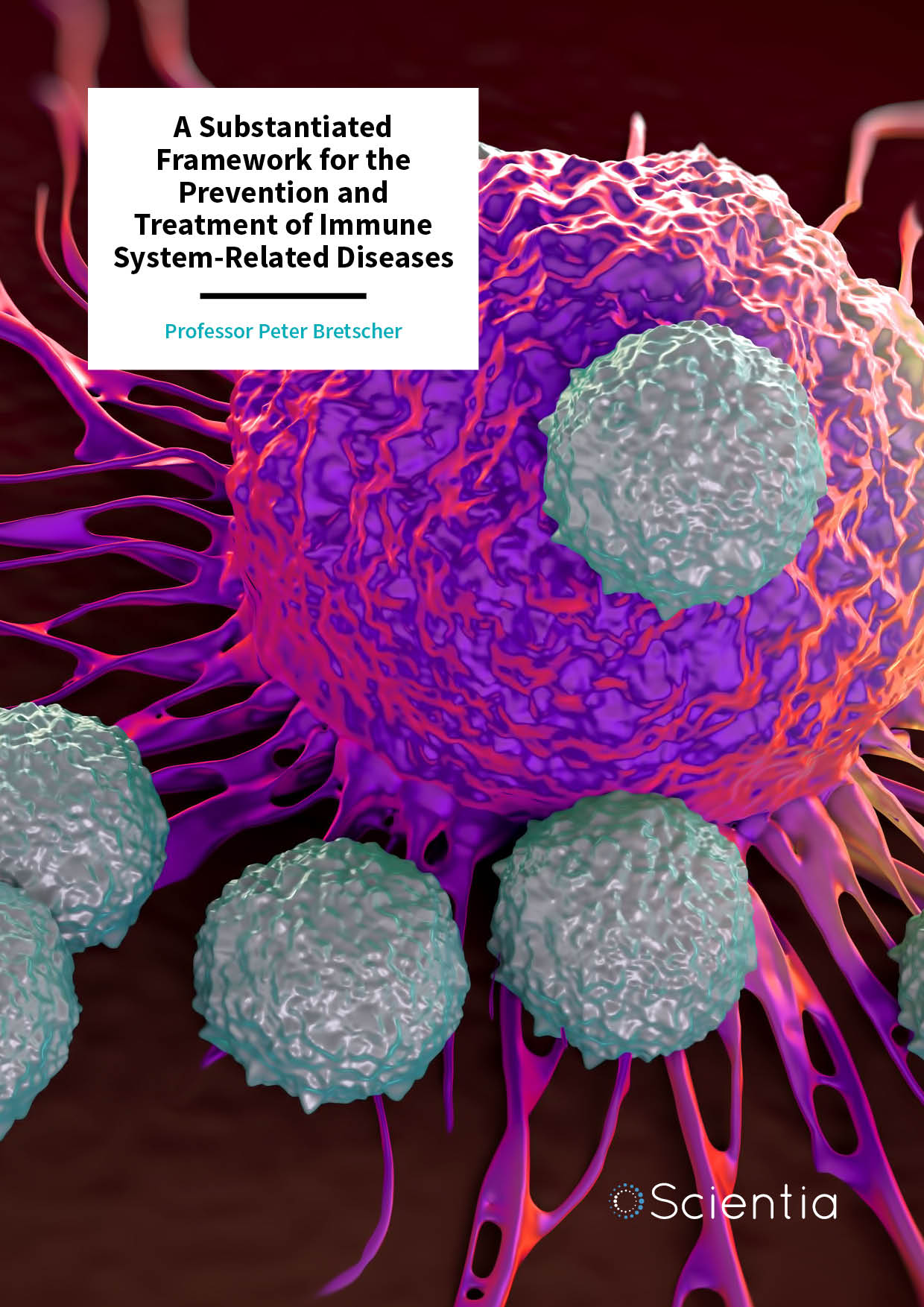
Dr Peter Bretscher – A Substantiated Framework for the Prevention and Treatment of Immune System-Related Diseases
Immunity is generated normally against invaders, such as viruses and cancer cells, but not against parts of the body to which the immune system belongs. In 1970, Dr Peter Bretscher and Dr Melvin Cohn proposed a theory to account for how this is achieved. Importantly, immune responses against invaders can take one of two main forms, and Dr Bretscher (currently at the University of Saskatchewan) also proposed an explanation for how the choice of immunity is made. These two proposals are supported by diverse findings. Here, we outline and justify these proposals and explain how they lead to strategies to prevent and treat diverse diseases.
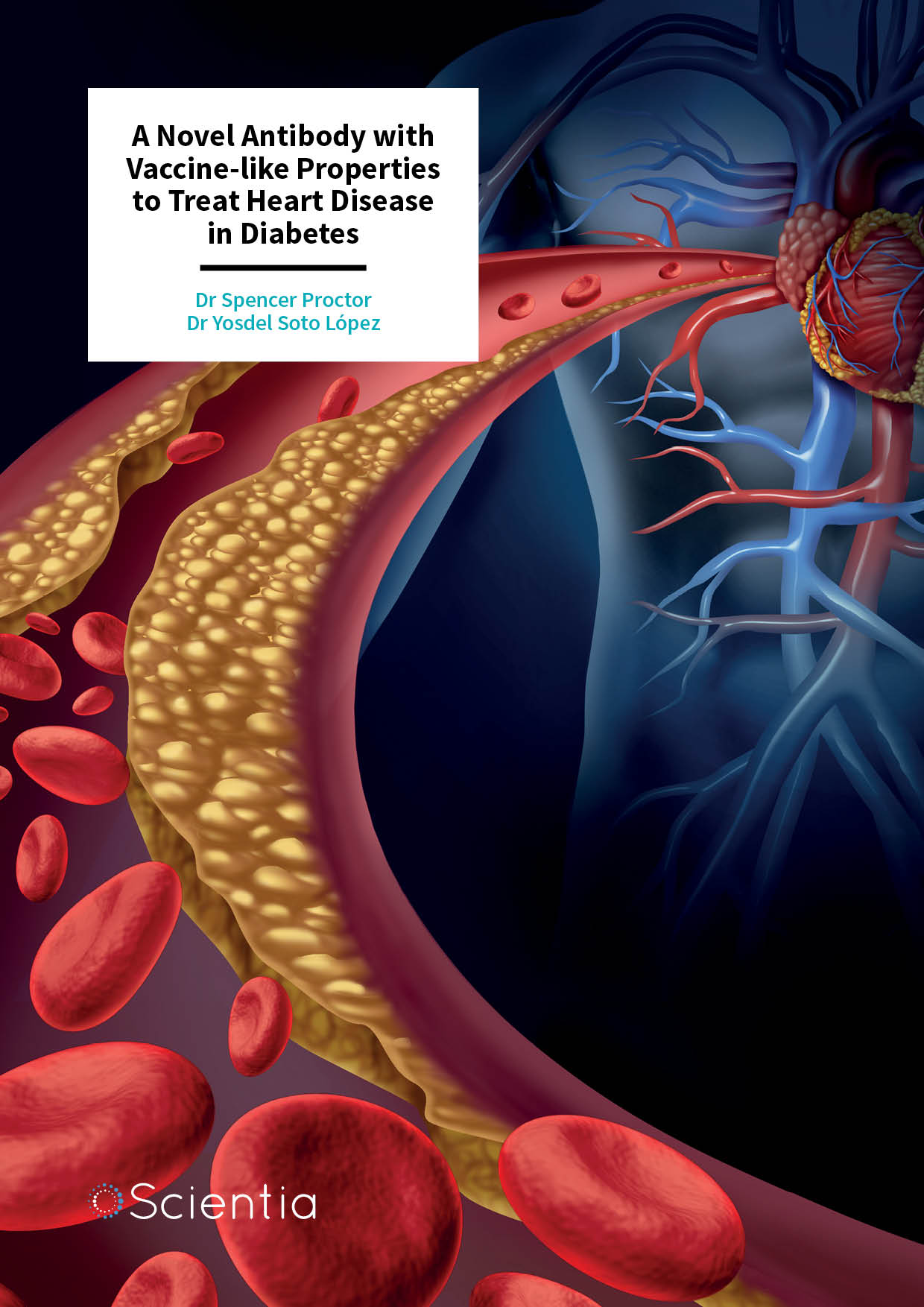
Dr Spencer Proctor – A Novel Antibody with Vaccine-like Properties to Treat Heart Disease in Diabetes
Patients with diabetes mellitus face an increased risk of developing heart disease. The high levels of sugars, lipid and cholesterol associated with diabetes cause thickening of the blood vessels, increasing the incidence of coronary heart disease and stroke. The pioneering team from the Centre of Molecular Immunology, Cuba, in collaboration with Dr Spencer Proctor from the University of Alberta in Canada are testing an antibody that targets the walls of the blood vessels, preventing the binding and accumulation of cholesterol.
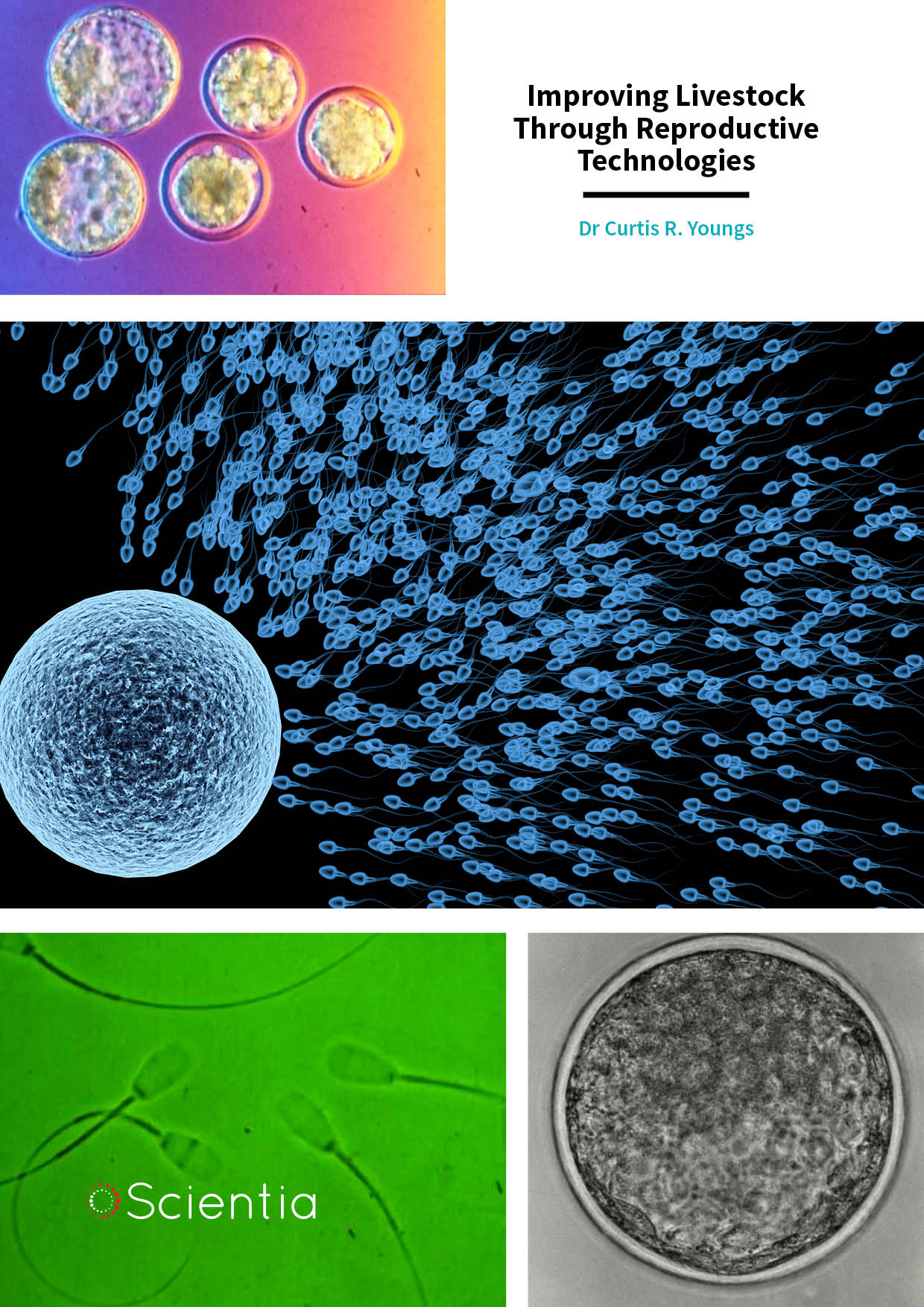
Dr Curtis R. Youngs – Improving Livestock Through Reproductive Technologies
Reproductive biotechnologies have contributed to many major advances in livestock production, and the proper application of these technologies can lead to livestock with superior genetic traits. This is vitally important given the high rates of malnourishment and poverty in developing countries, where communities could greatly benefit from an increase in meat and dairy products. Collaborating with scientists across the world, Dr Curtis R. Youngs of Iowa State University aims to increase the production of animal-derived foods in developing nations by applying reproductive biotechnologies to improve the efficiency and sustainability of livestock production.
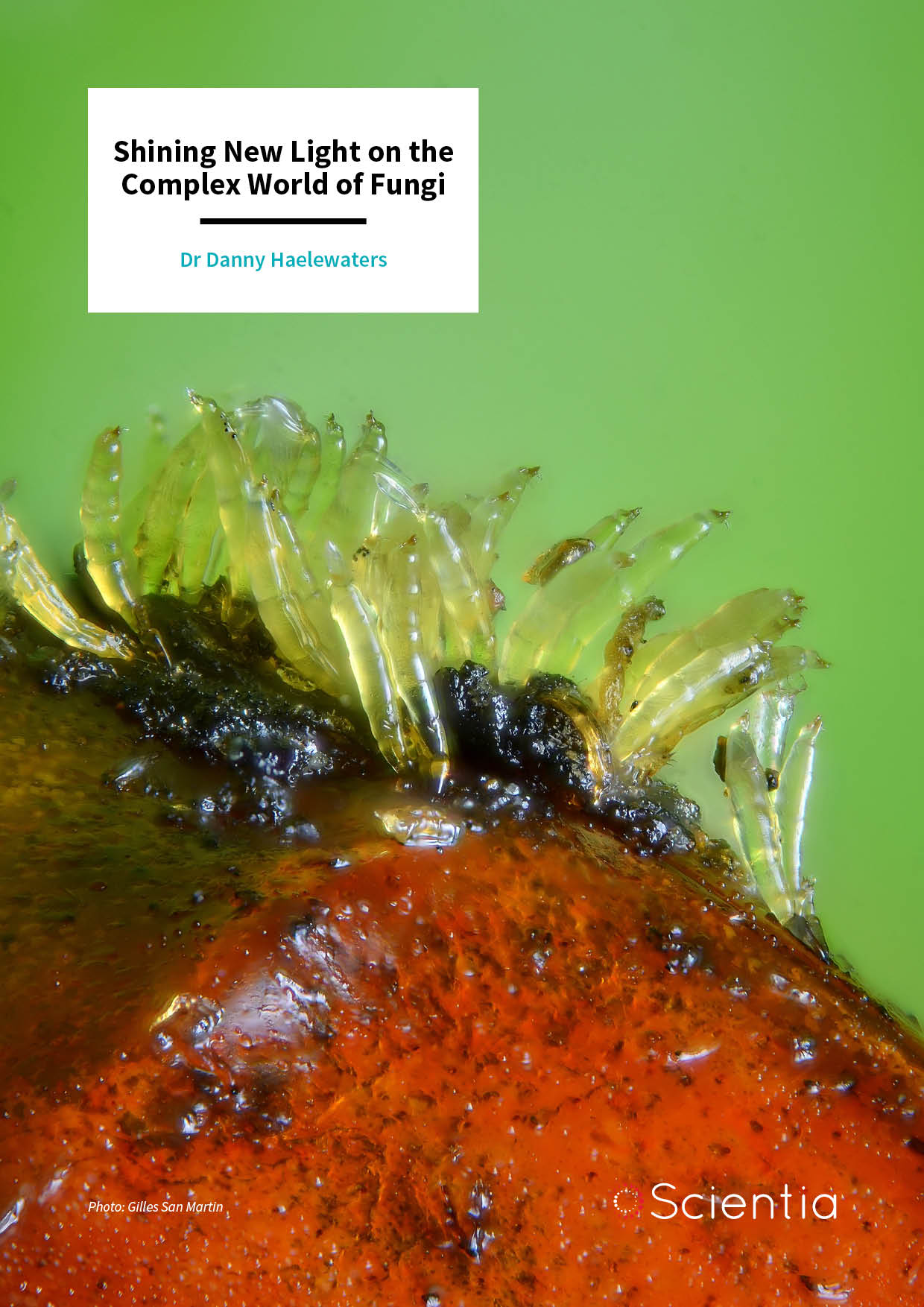
Dr Danny Haelewaters – Shining New Light on the Complex World of Fungi
From microscopic, single-celled yeasts to a mycelium that can cover many acres underground, fungi represent a diverse array of organisms. However, despite their global distribution, diverse growth forms, and complex interactions with other organisms, we still know very little about fungi. This lack of knowledge is reflected in the numbers: although it is estimated that there are between 1.5 and 6 million species of fungi, only around 138,000 have been described. Dr Danny Haelewaters of Ghent University is contributing to closing the gap in our understanding. His team’s research explores the diversity of fungi, in addition to their evolutionary history and ecological interactions with other groups of organisms.

Dr Y-H Taguchi – In Silico Drug Discovery for COVID-19 Using an Unsupervised Feature Extraction Method
In silico drug discovery is useful for screening and identifying large numbers of drug candidate compounds in a way that is not possible using classical experimental approaches. Dr Y-H Taguchi at Chuo University, Japan, has developed a computational technique known as ‘tensor decomposition-based unsupervised feature extraction’. He has successfully applied this as an in silico phenotype-based drug discovery method to repurpose known drugs for severe acute respiratory syndrome coronavirus 2 and has successfully identified various known anti-viral drugs as viable candidates for the successful treatment of COVID-19.
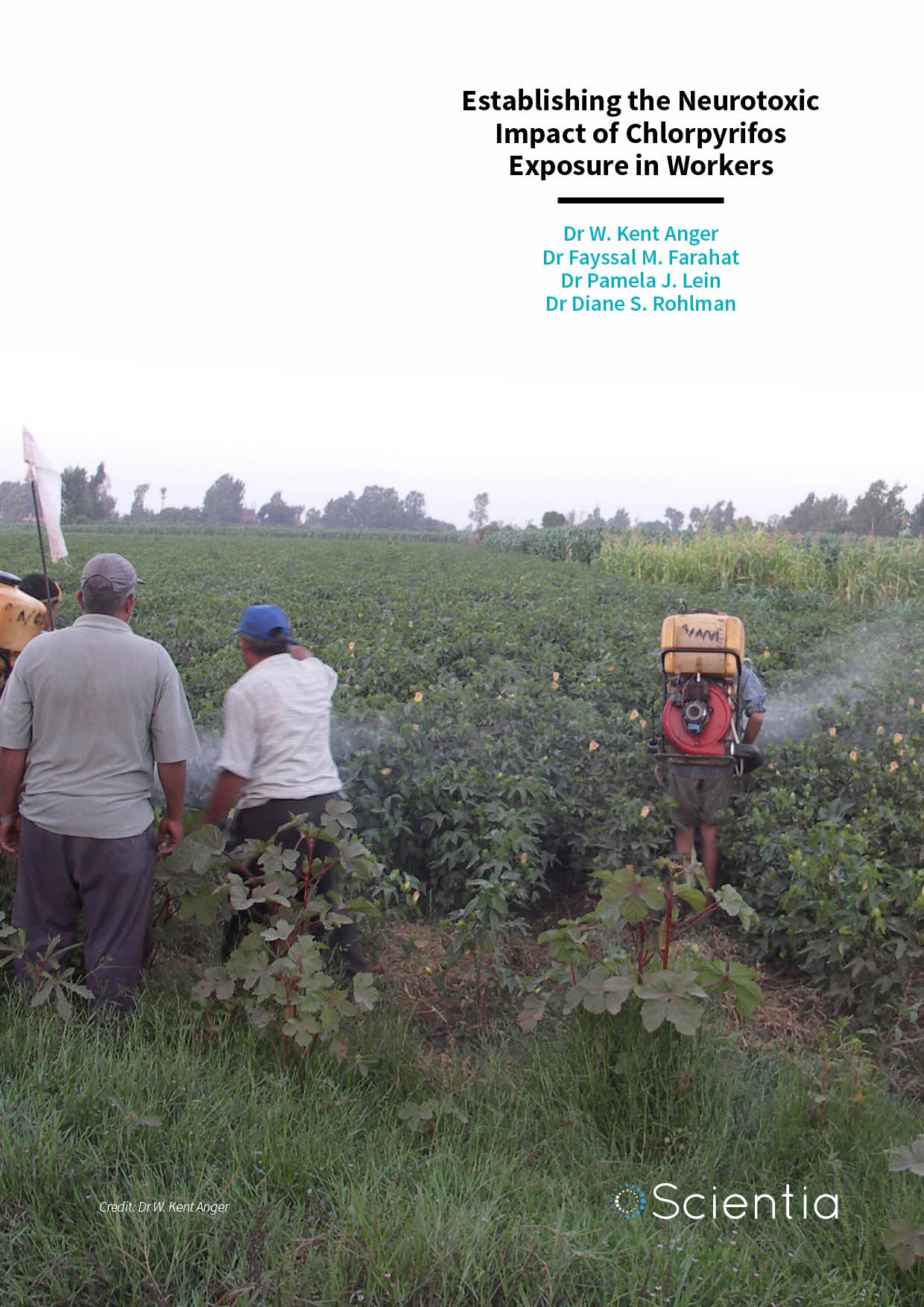
Dr W. Kent Anger | Dr Fayssal M. Farahat | Dr Pamela J. Lein | Dr Diane S. Rohlman – Establishing the Neurotoxic Impact of Chlorpyrifos Exposure in Workers
Chlorpyrifos (CPF) is one of the most commonly used pesticides in the world. Agricultural workers in Egypt have relatively high levels of exposure to it when working in the cotton fields but until now, the neurotoxic impact of this has been uncertain due to a lack of evidence linking CPF dose and neurotoxicity. Dr W. Kent Anger, Dr Fayssal M. Farahat, Dr Pamela J. Lein and Dr Diane S. Rohlman have brought together their respective research expertise to collaborate on this issue. Their findings have the potential to greatly improve the long-term health of employees working with pesticides.
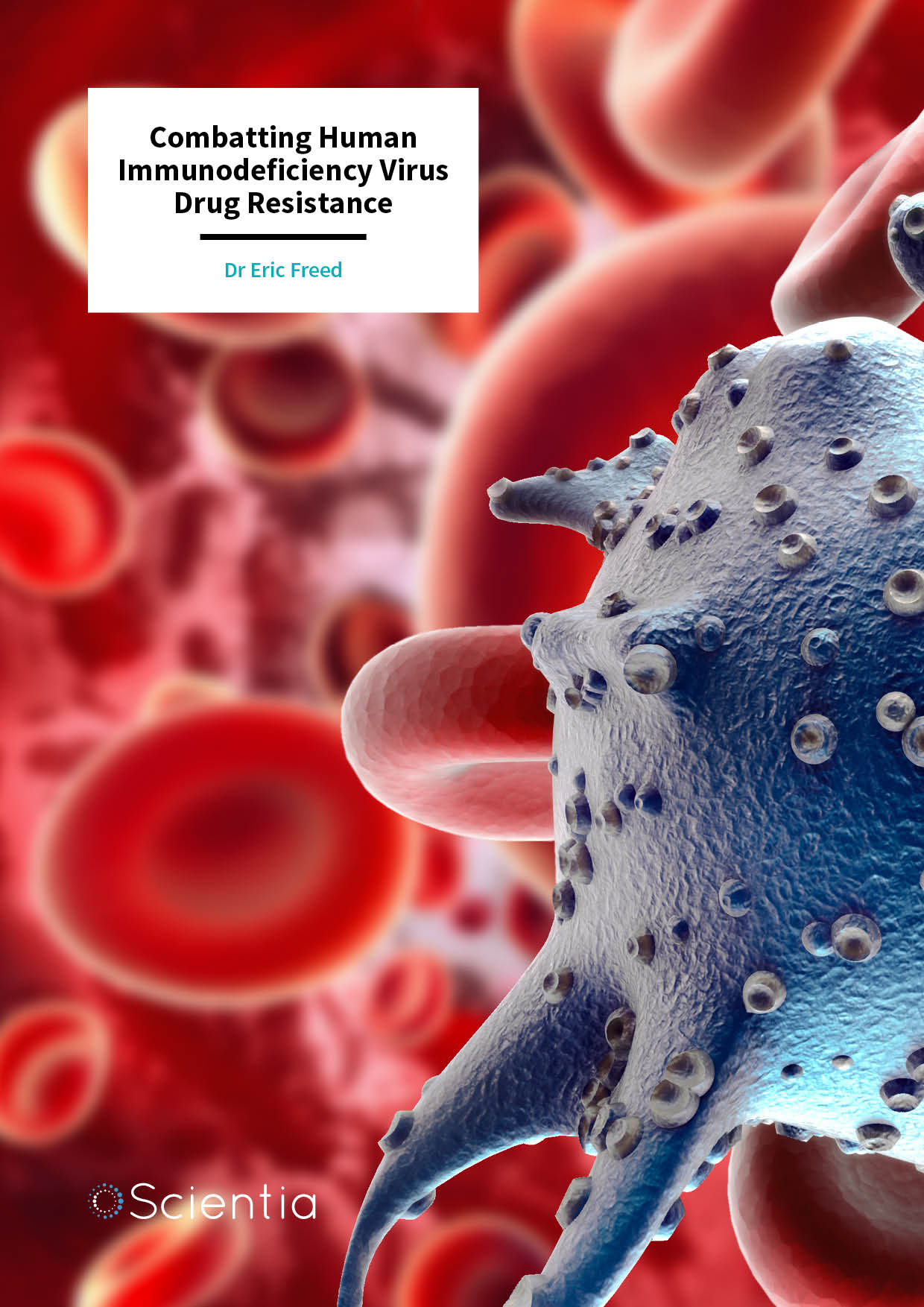
Dr Eric Freed – Combatting Human Immunodeficiency Virus Drug Resistance
Human immunodeficiency virus (HIV) touches the lives of millions of people all over the world. Successful antiretroviral drugs allow patients to live longer and healthier lives, without the threat of acquired immunodeficiency developing. However, as with all viruses, HIV can mutate and become resistant to once-effective therapies. Dr Eric Freed at the USA’s National Cancer Institute focuses on elucidating the late stages of HIV replication and how the virus becomes resistant to antiretroviral drugs. His promising results are paving the way for developing new drugs that can combat HIV drug resistance.
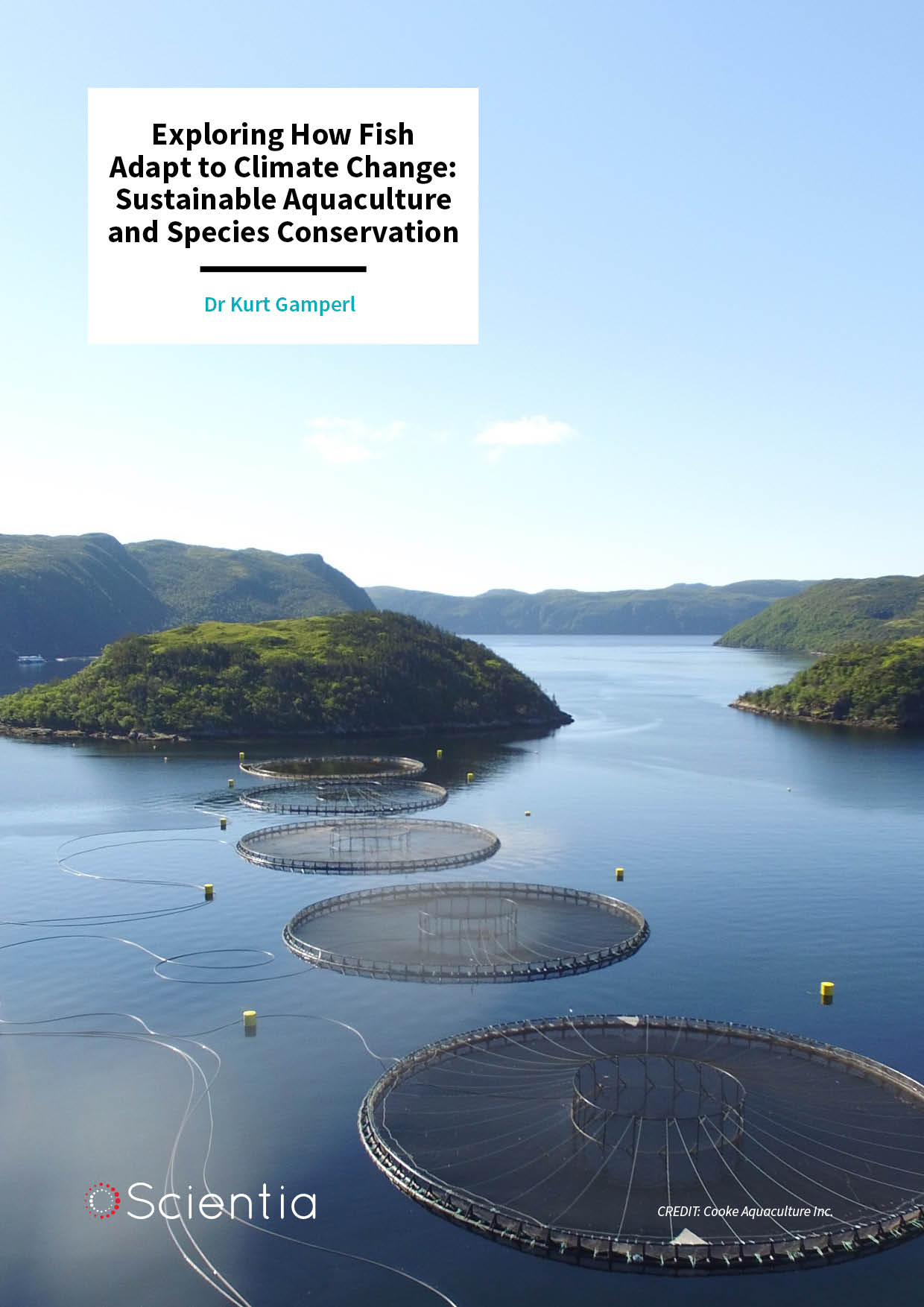
Dr Kurt Gamperl – Exploring How Fish Adapt to Climate Change: Sustainable Aquaculture and Species Conservation
With the global population increasing at a considerable rate, it is becoming vitally important to improve seafood production to meet the growing demand for healthy protein. As our current fishing practices are damaging to marine ecosystems, fish farming is seen as a sustainable alternative to producing seafood, but only if it is resilient to the effects of climate change. By researching how environmental change affects fish biology, Dr Kurt Gamperl of Memorial University of Newfoundland and Labrador and his colleagues aim to make fish farming more sustainable, while ensuring global food security and allowing wild fish populations to recover.
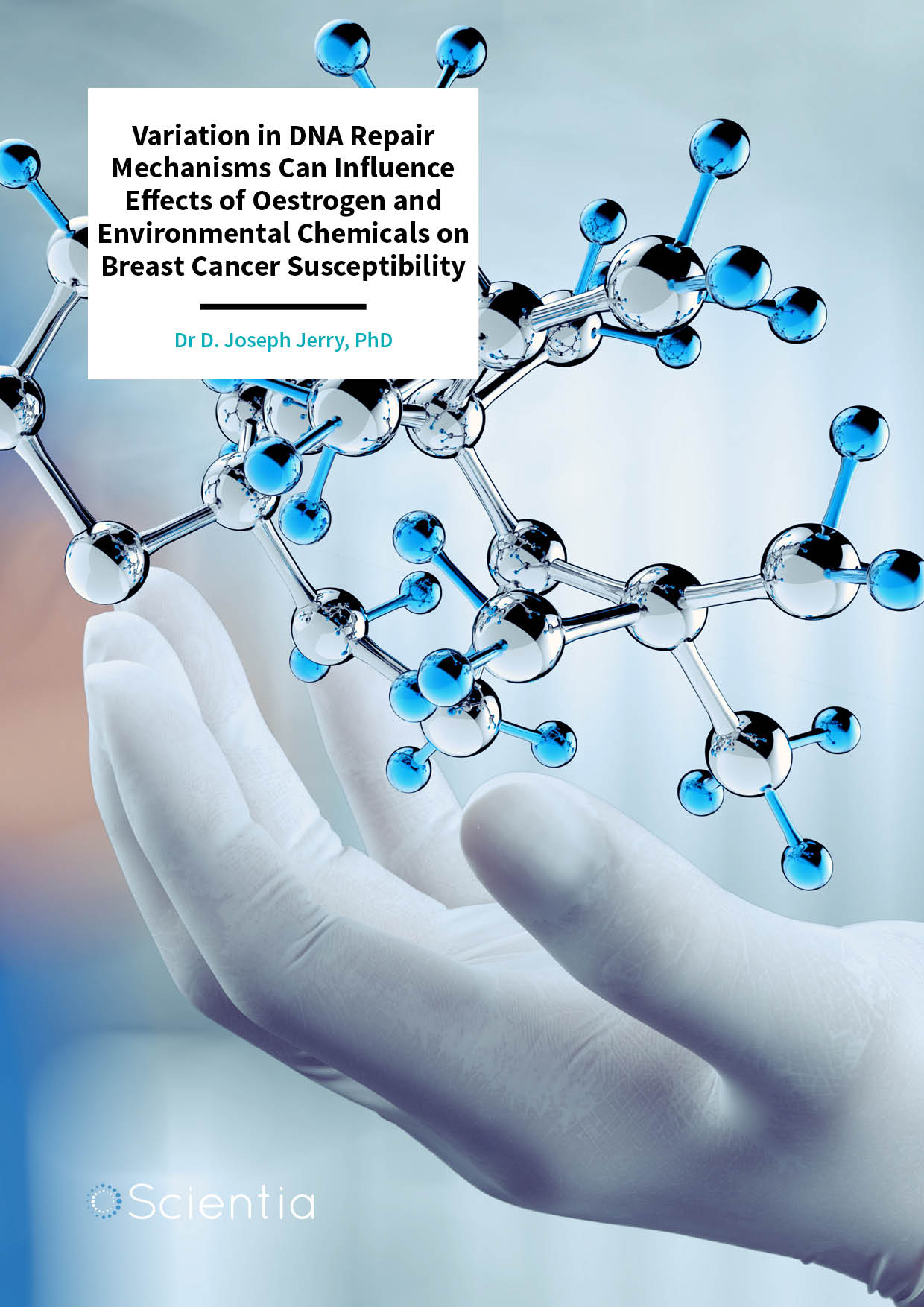
Dr Joseph Jerry – Variation in DNA Repair Mechanisms Can Influence Effects of Oestrogen and Environmental Chemicals on Breast Cancer Susceptibility
All women are exposed to oestrogen from puberty through menopause. Oestrogen is a natural hormone that is important for breast development and the maintenance of tissues in women but is also linked to an increased risk of breast cancer. As many as 1 in 8 women in the USA will be diagnosed with breast cancer over their lifetime, and the majority of these breast cancers are sensitive to oestrogen. Dr Joseph Jerry and his collaborators at the University of Massachusetts are studying the environmental exposures and genetic differences that alter the consequences of exposure to oestrogens.
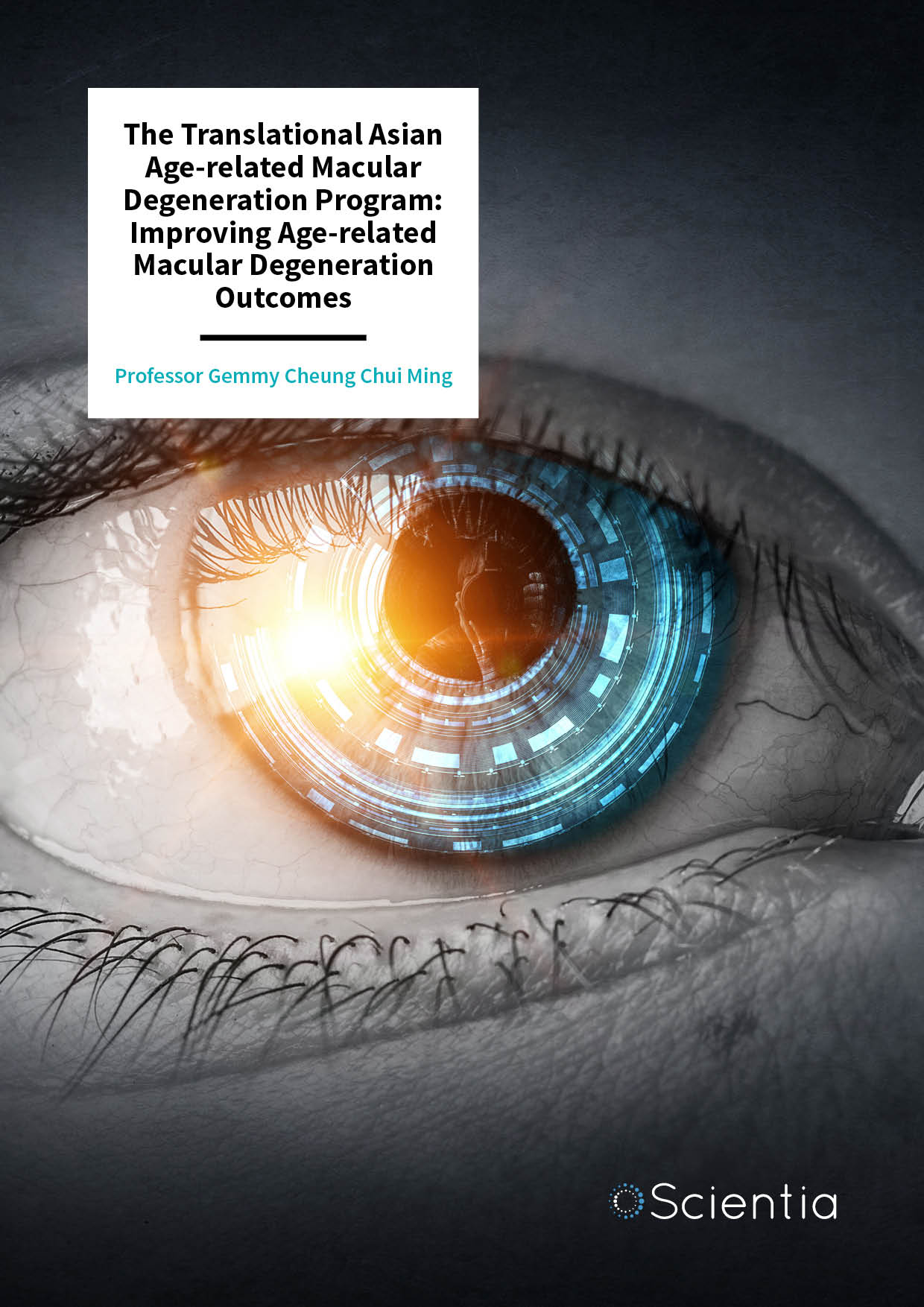
Professor Gemmy Cheung – The Translational Asian Age-related Macular Degeneration Program: Improving Age-related Macular Degeneration Outcomes
Age-related macular degeneration (AMD) is an increasingly common disease that causes significant visual impairment. The implications include socioeconomic burdens for individuals and the population as a whole. Working to elucidate the issues surrounding AMD is Professor Gemmy Cheung, who holds senior roles at the Singapore National Eye Centre and the Singapore Eye Research Institute. She has brought together a group of expert scientists to form the Translational Asian Age-Related Macular Degeneration Program. The team is elucidating the mechanisms behind AMD to develop novel therapies, cultivate diagnostics and develop tools to better understand the impact of the disease from patients’ perspective.
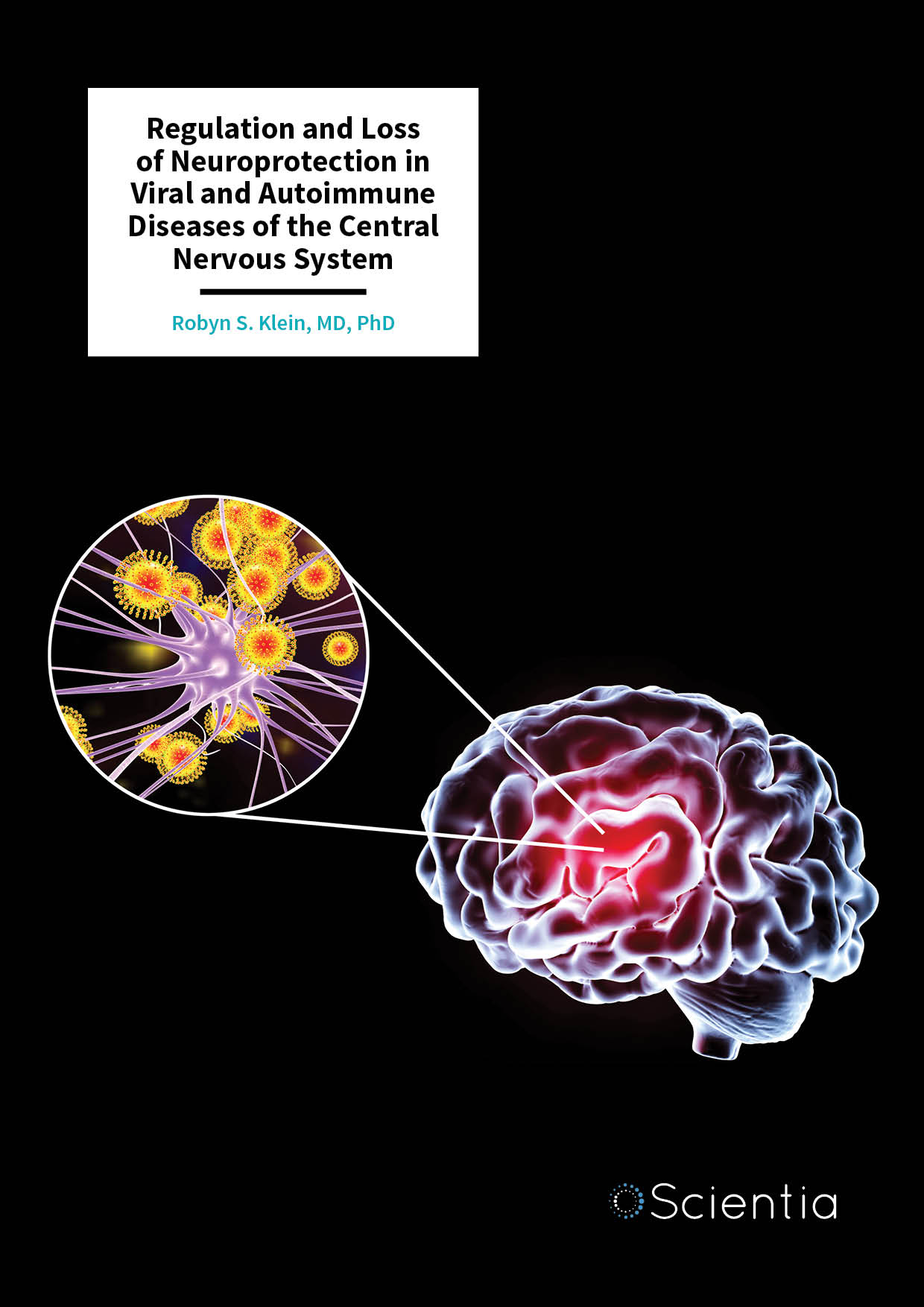
Dr Robyn S. Klein – Regulation and Loss of Neuroprotection in Viral and Autoimmune Diseases of the Central Nervous System
Viral and autoimmune diseases of the central nervous system (CNS) are often characterised by the onset of inflammation leading to neurological dysfunction, including impairment to memory and other cognitive domains. Dr Robyn S. Klein at the Washington University School of Medicine in St. Louis, leads a team that specialises in neuroinflammatory diseases of the CNS. In recent years, they have investigated the regulation of blood-brain barrier permeability in autoimmune diseases and viral infections with pathogens such as the West Nile virus.
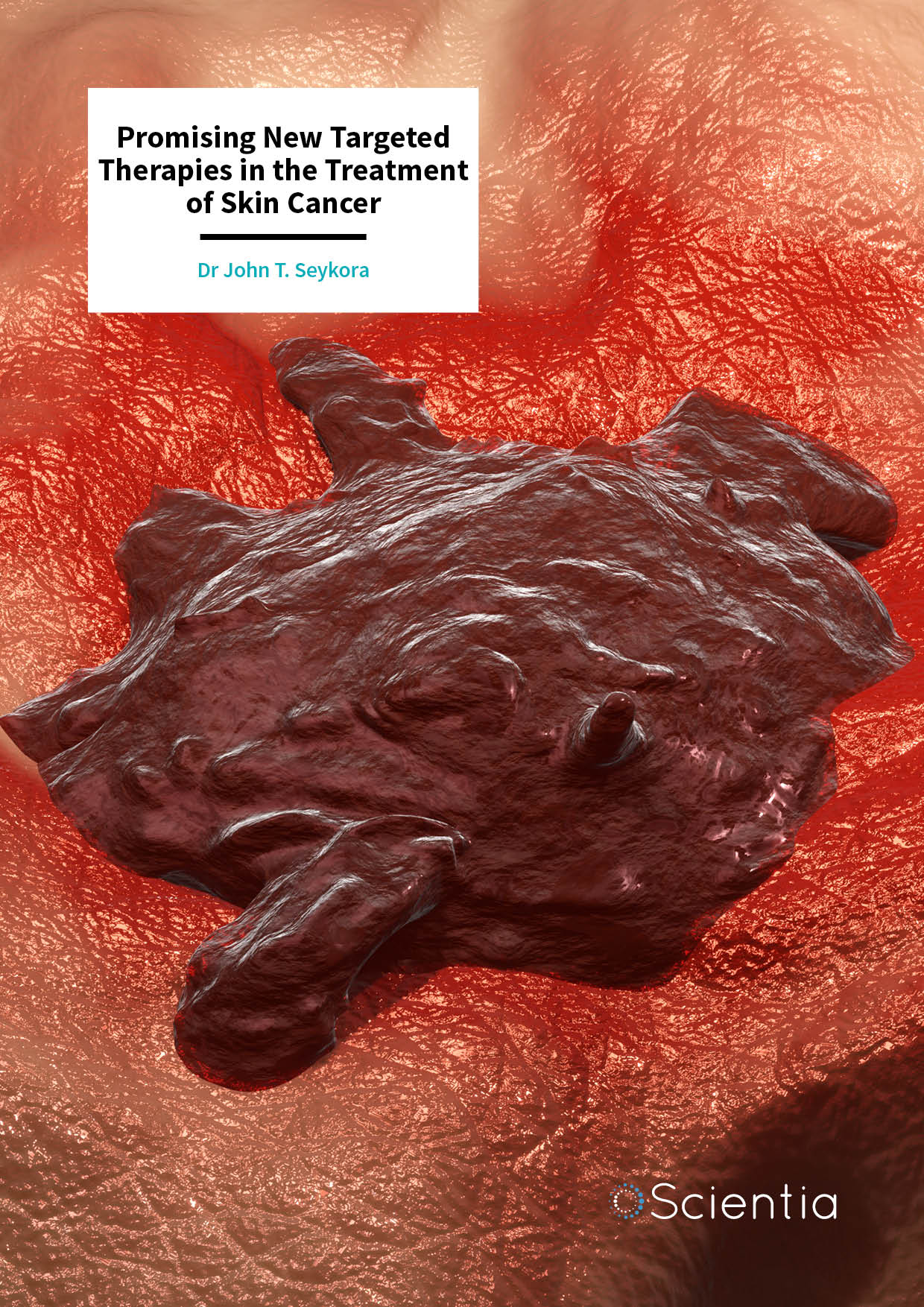
Dr John T. Seykora – Promising New Targeted Therapies in the Treatment of Skin Cancer
Every year, approximately 700,000 new diagnoses of squamous cell carcinoma, a type of skin cancer, are reported to dermatologists in the USA alone, constituting the second most common form of cancer. Treating pre-cancerous skin cells with a therapeutic topical cream could significantly reduce the number of harmful cells, potentially inhibiting the growth of squamous cell carcinoma. Dr John T. Seykora and his team from the University of Philadelphia have been researching the biology of skin squamous cell carcinoma and related precursor lesions to identify new therapeutic targets that could be treated using topical approaches with exciting results.
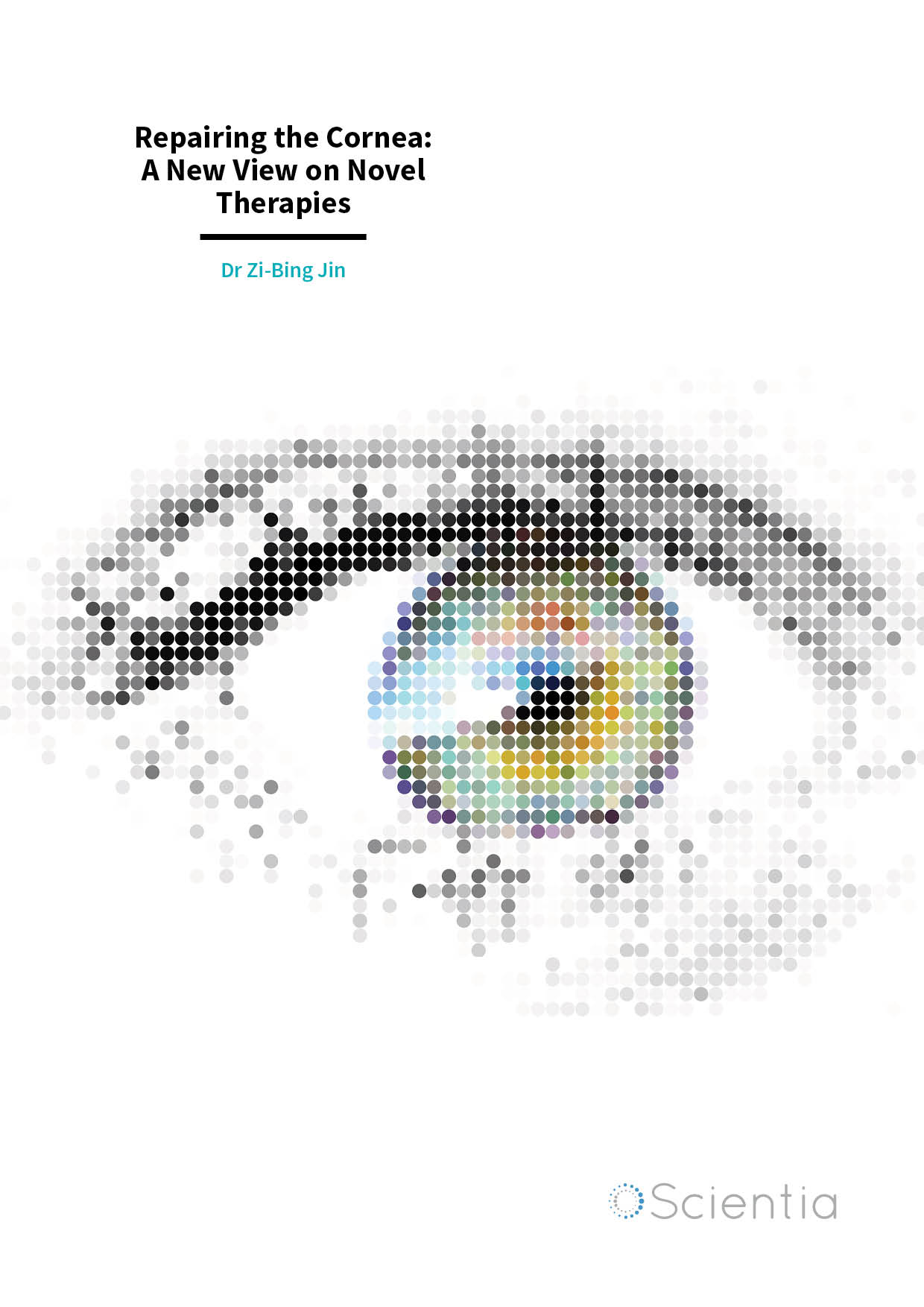
Dr Zi-Bing Jin – Repairing the Cornea: A New View on Novel Therapies
Damage and disease of the cornea are some of the leading causes of sight loss. This can often be remedied is through a transplant with a healthy cornea from a donor. However, donors are few and far between, so innovative solutions are required. Dr Zi-Bing Jin from the Beijing Institute of Ophthalmology in China is working on this with some exciting results. Utilising specific small molecules to control cell differentiation, he has discovered a new method for creating the necessary cells for corneal transplant, without the need of a cornea donor.

Dr Chao Li – New Approaches for Increasing Woodland Growth
Understanding the factors that affect woodland growth can help researchers to develop sustainable forest management practices. This will ensure that society’s needs for forest products such as timber and pulp can be met, while also increasing carbon capture and providing important ecosystem services. Previous studies attempting to determine methods for achieving enhanced growth are inconsistent, leading to misconceptions among researchers and forest managers. Dr Chao Li and his team at the Canadian Forest Service aim to solve this problem by showing that a phenomenon called ‘compensatory growth’ can increase overall forest growth in the long-term. Through providing an enhanced understanding of compensatory growth and the factors affecting it, the forestry industry will be better equipped to meet increasing market demands, while also protecting the environment for future generations.
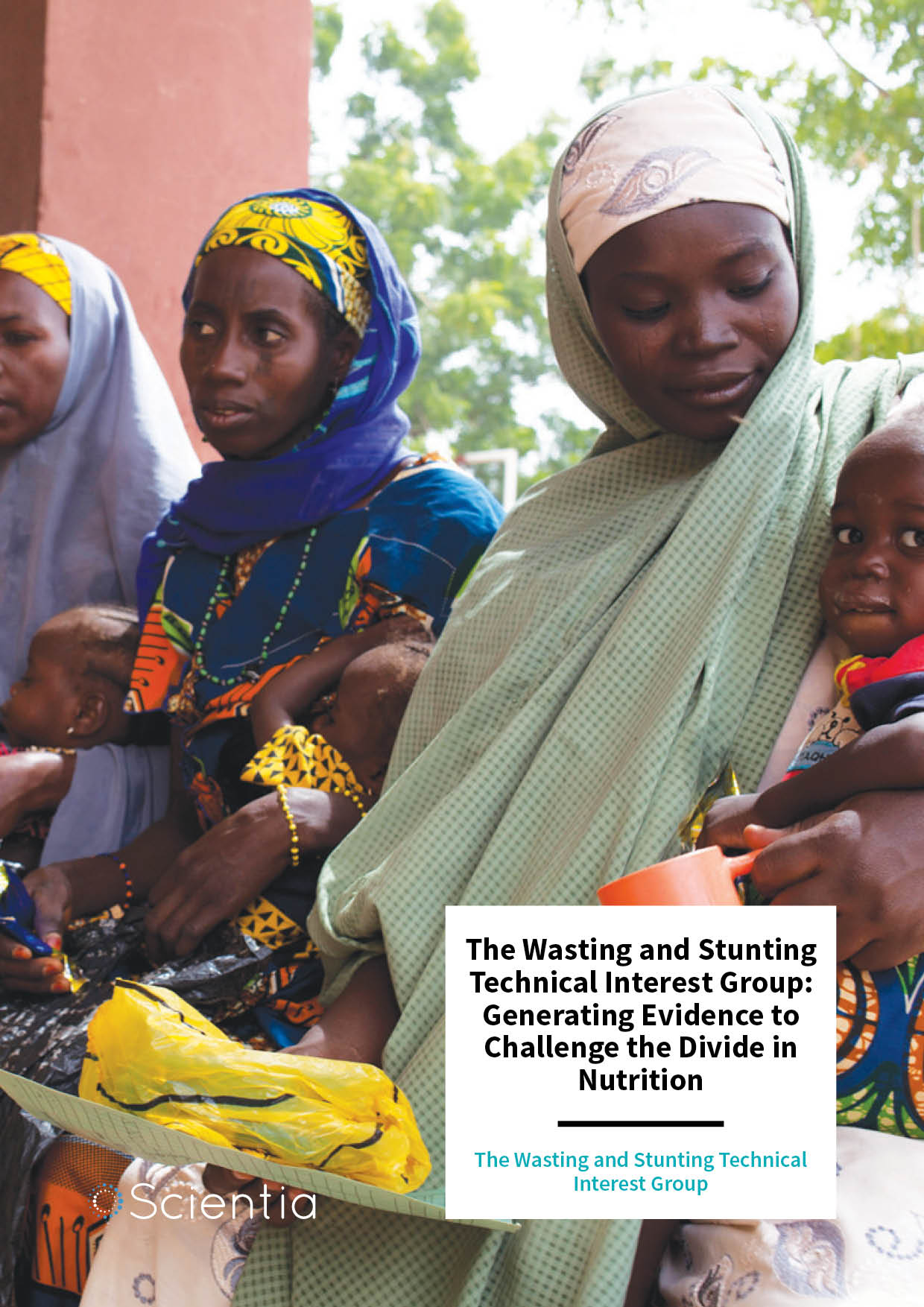
The Wasting and Stunting Technical Interest Group: Generating Evidence to Challenge the Divide in Nutrition
Despite improvements in children’s nutrition over the past few decades, undernutrition remains a huge threat to the health and life of infants and young children worldwide. Health and nutrition actors have usually approached the problems of children being wasted, (thinner than they should be) and children who are stunted (shorter than they should be) as different outcomes of undernutrition with different causes and different interventions. Facilitated by the Emergency Nutrition Network (ENN), since 2014 the Wasting and Stunting Technical Interest Group (WaSt TIG) has challenged this view, and has begun to work to provide evidence for a unified approach to tackling these two outcomes of undernutrition.
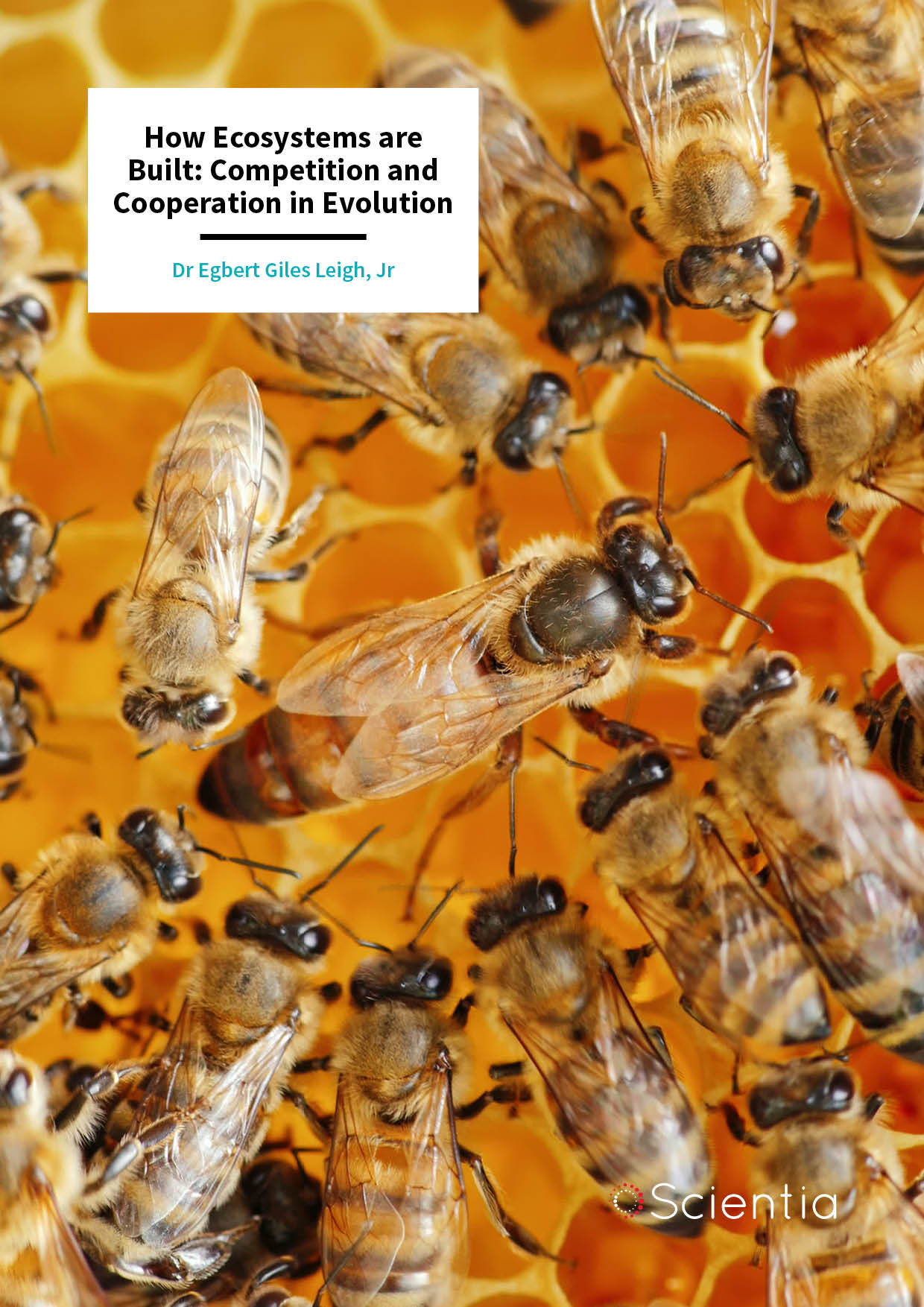
Dr Egbert Giles Leigh, Jr – How Ecosystems are Built: Competition and Cooperation in Evolution
Despite the old adage ‘nice guys finish last’, cooperation is common in life – from the scale of genes or cells through to entire societies. Although these two ideas seem to contradict each other, Dr Egbert Giles Leigh Jr has demonstrated throughout his career at the Smithsonian Tropical Research Institute in Panama that working together has been the key to the success of multicellular life. Here, he explains his view of how competition and cooperation both played essential roles in bringing forth productive, diverse ecosystems.
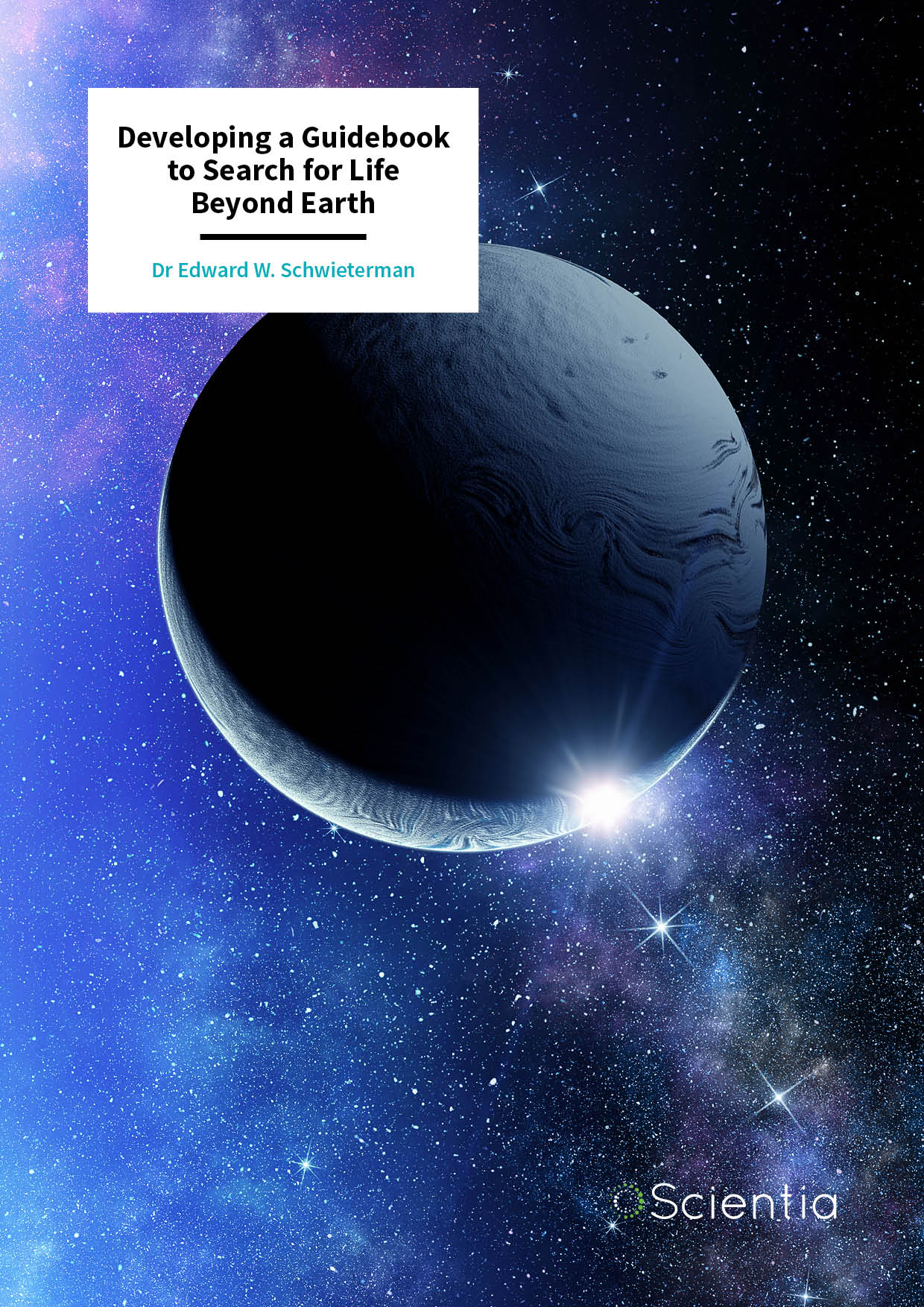
Dr Edward Schwieterman – Developing a Guidebook to Search for Life Beyond Earth
Are we alone in the universe? Searching for life beyond our Solar System is one of the most ambitious efforts humans have ever undertaken. Because we do not have the ability to travel to distant exoplanets, scientists must rely on indirect clues that could help us find extraterrestrial life. Dr Edward Schwieterman and his colleagues at the University of California, Riverside, have been developing advanced methods to determine the habitability of planets and detect the elusive signs of life from afar.
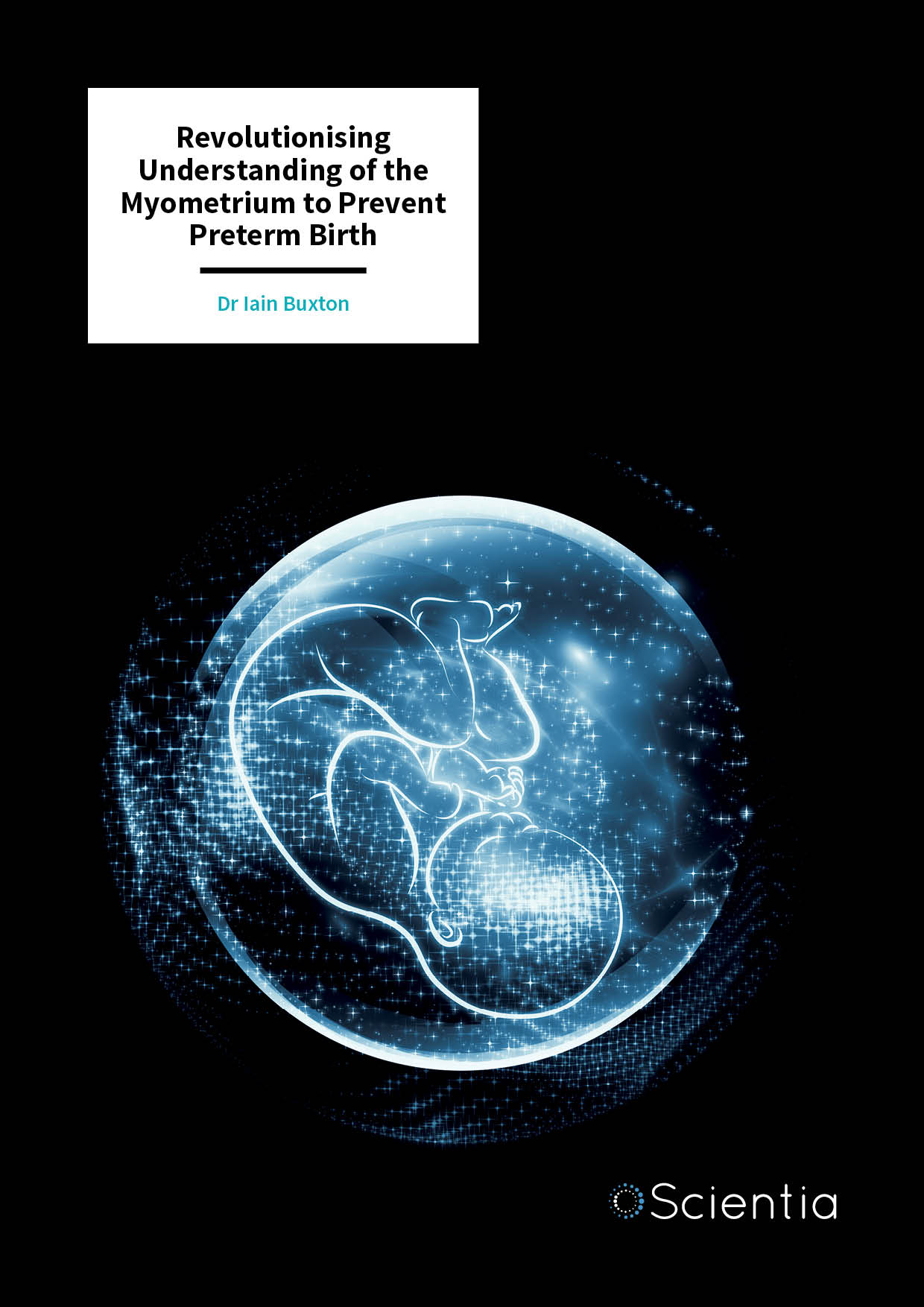
Dr Iain Buxton – Revolutionising Understanding of the Myometrium to Prevent Preterm Birth
Great advances in the field of science and medicine have seen treatments and cures developed for some of the worst diseases ever known. Despite this, the potentially devastating, but sadly common occurrence of preterm birth is not yet preventable. Dr Iain Buxton at the University of Nevada, USA, has been studying the role of the smooth muscle of the uterus to elucidate its role in preterm labour and birth. His research is paving the way for the development of much-needed interventions to prevent early birth.
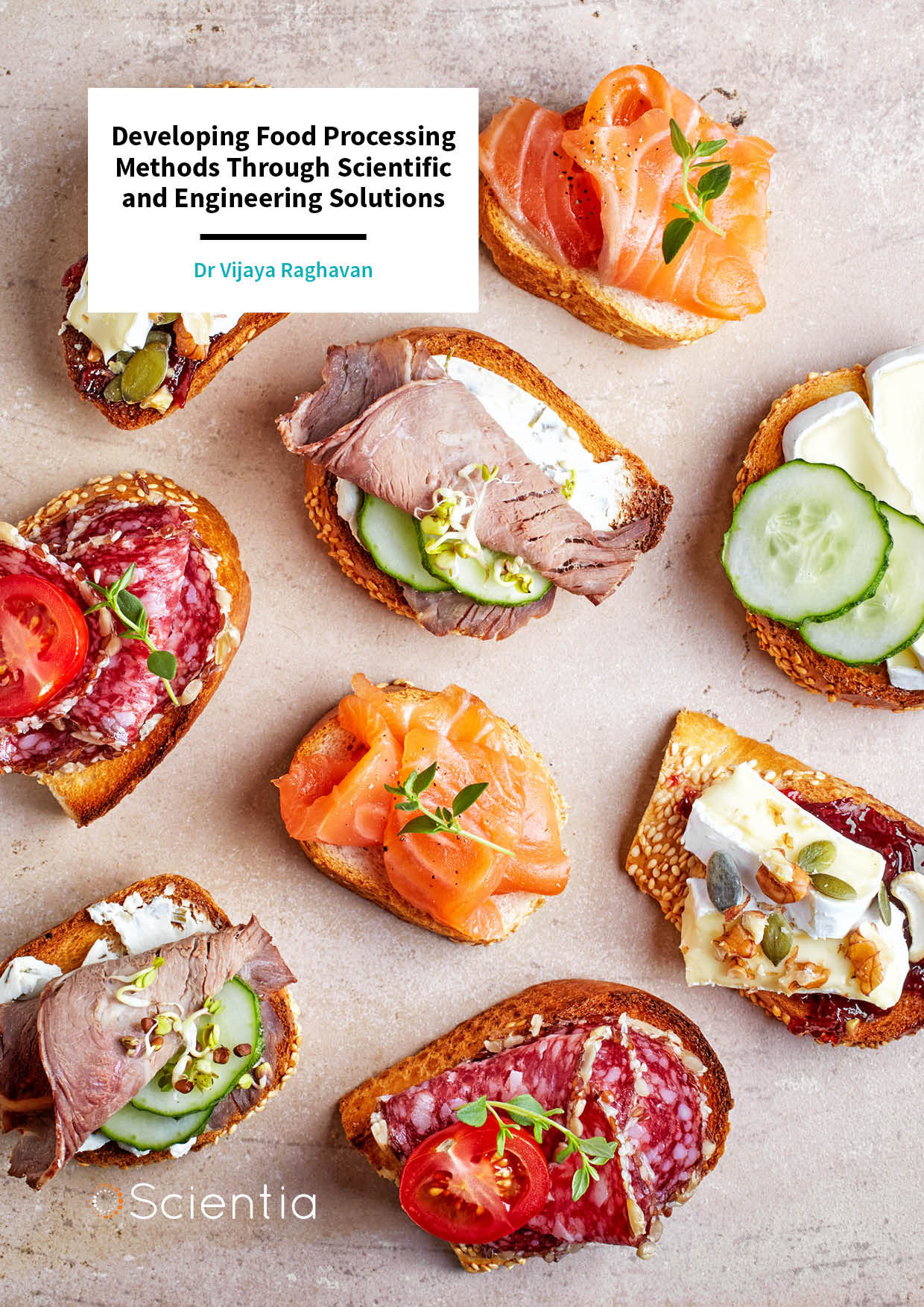
Dr Vijaya Raghavan – Developing Food Processing Methods Through Scientific and Engineering Solutions
The food processing industry generates enormous quantities of waste every year. On top of this, the way that food is processed can have negative impacts on the health of consumers. Therefore, it is vitally important to develop new food processing methods that consider human health while producing minimal waste. Dr Vijaya Raghavan and his research group at McGill University, Montreal, have been applying their expertise in chemistry and engineering to develop and optimise food processing techniques, to ensure the future health of people and the environment.
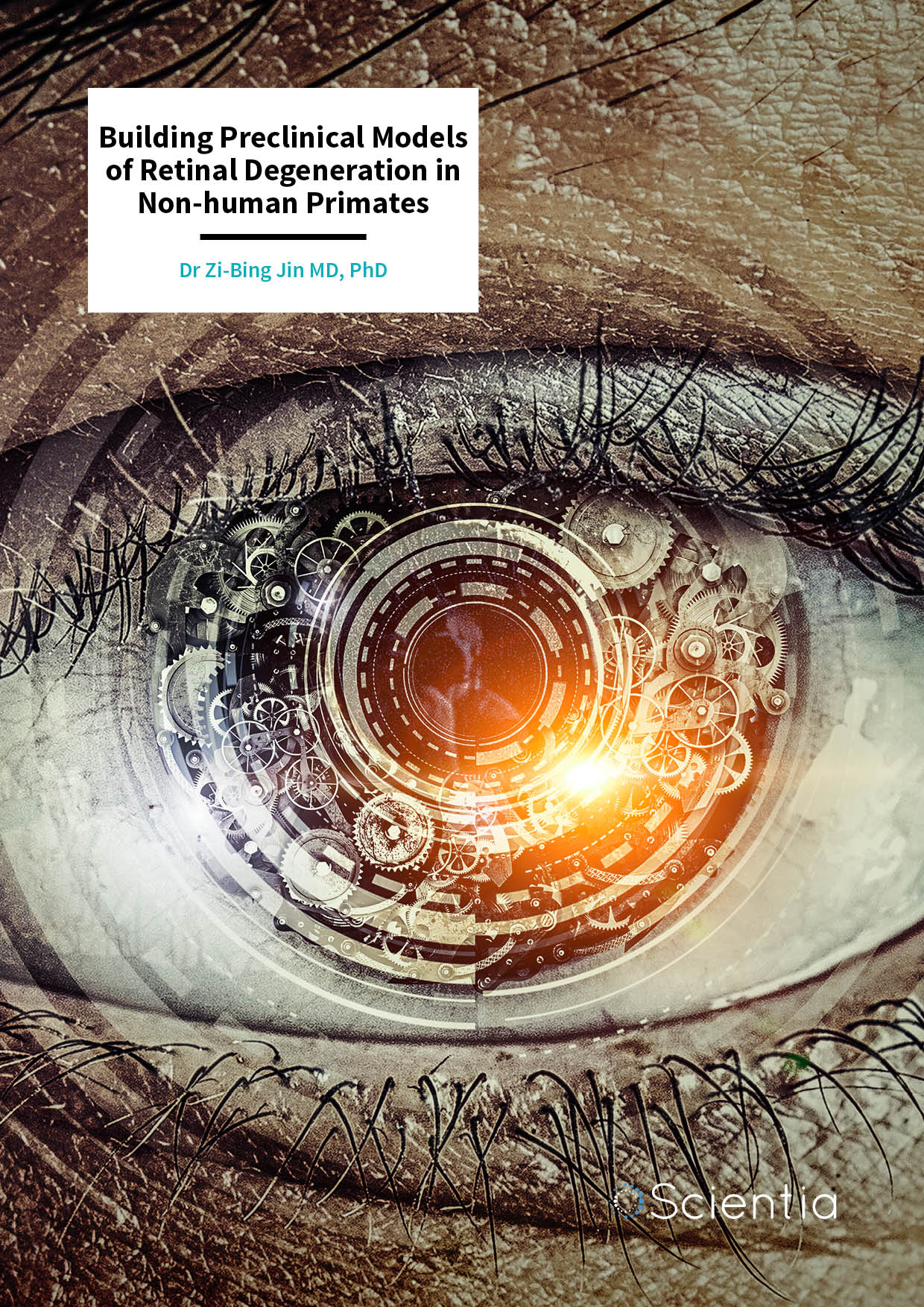
Dr Zi-Bing Jin – Building Preclinical Models of Retinal Degeneration in Non-human Primates
Mutations affecting the expression of cone photoreceptors can lead to retinal degeneration, which in many cases can result in a permanent loss of vision. However, preclinical models for human retinal degenerative diseases are lacking. Dr Zi-Bing Jin and his colleagues study rhesus macaque models of achromatopsia (a congenital disorder characterised by an inability to distinguish colours) and oculocutaneous albinism (characterised by a disorder of melanin synthesis, leading to loss of visual acuity). The animal models utilised in the Jin laboratory offer important opportunities for studies on disease mechanisms as well as therapeutic development.
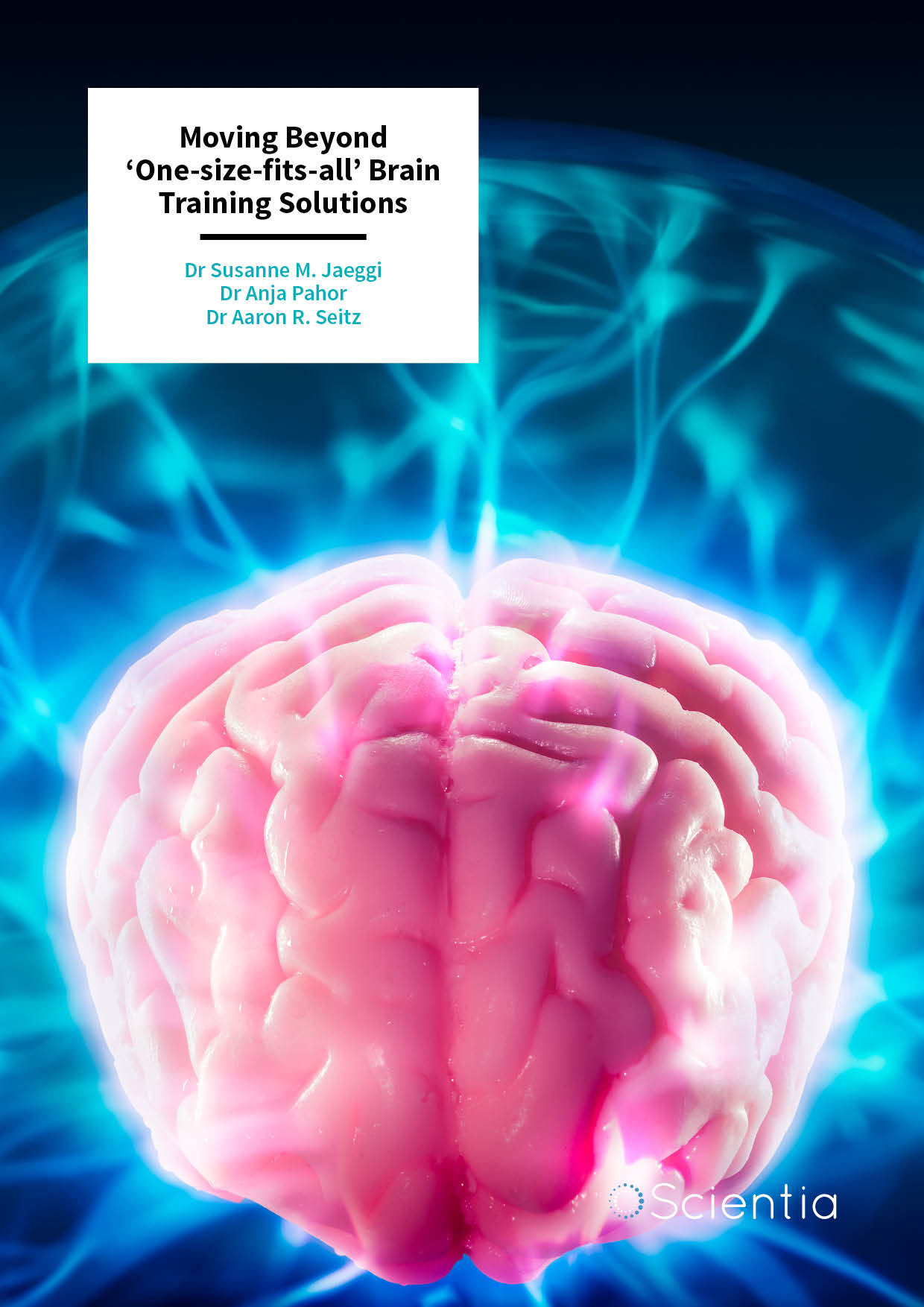
Dr Susanne M. Jaeggi, Dr Anja Pahor and Dr Aaron R. Seitz – Moving Beyond ‘One-size-fits-all’ Brain Training Solutions
Brain training allows us to improve our cognition in the same way that gym workouts improve our physical health. The ultimate goal is transferable learning, which improves performance in real-world activities beyond the original training tasks. Dr Susanne M. Jaeggi, Dr Anja Pahor and Dr Aaron R. Seitz from the University of California Irvine and Riverside, are collectively driving forward exciting advances in brain training, as well as addressing the controversy surrounding its effectiveness and limitations. Above all, they aim to understand the key ingredients for creating successful interventions.
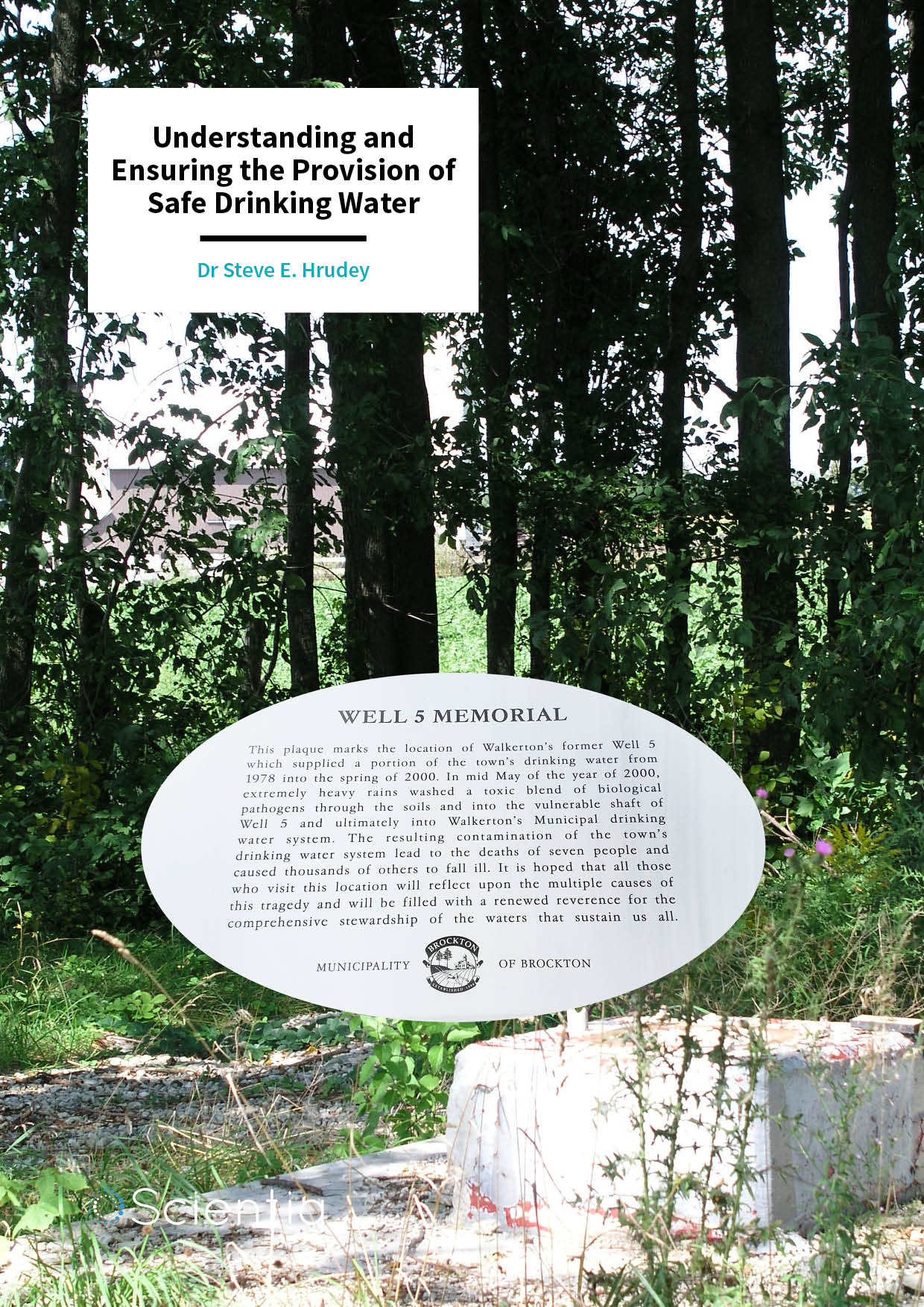
Dr Steve E. Hrudey – Understanding and Improving the Provision of Safe Drinking Water
Water is vital to sustaining human life and the contamination of drinking water can lead to disease and death. Dr Steve E. Hrudey from the University of Alberta’s Division of Analytical & Environmental Toxicology has identified the challenges of providing safe drinking water and clarified misconceptions regarding threats to drinking water safety. Based on his research findings, he has provided critical recommendations for the provision of safe drinking water to protect public health.
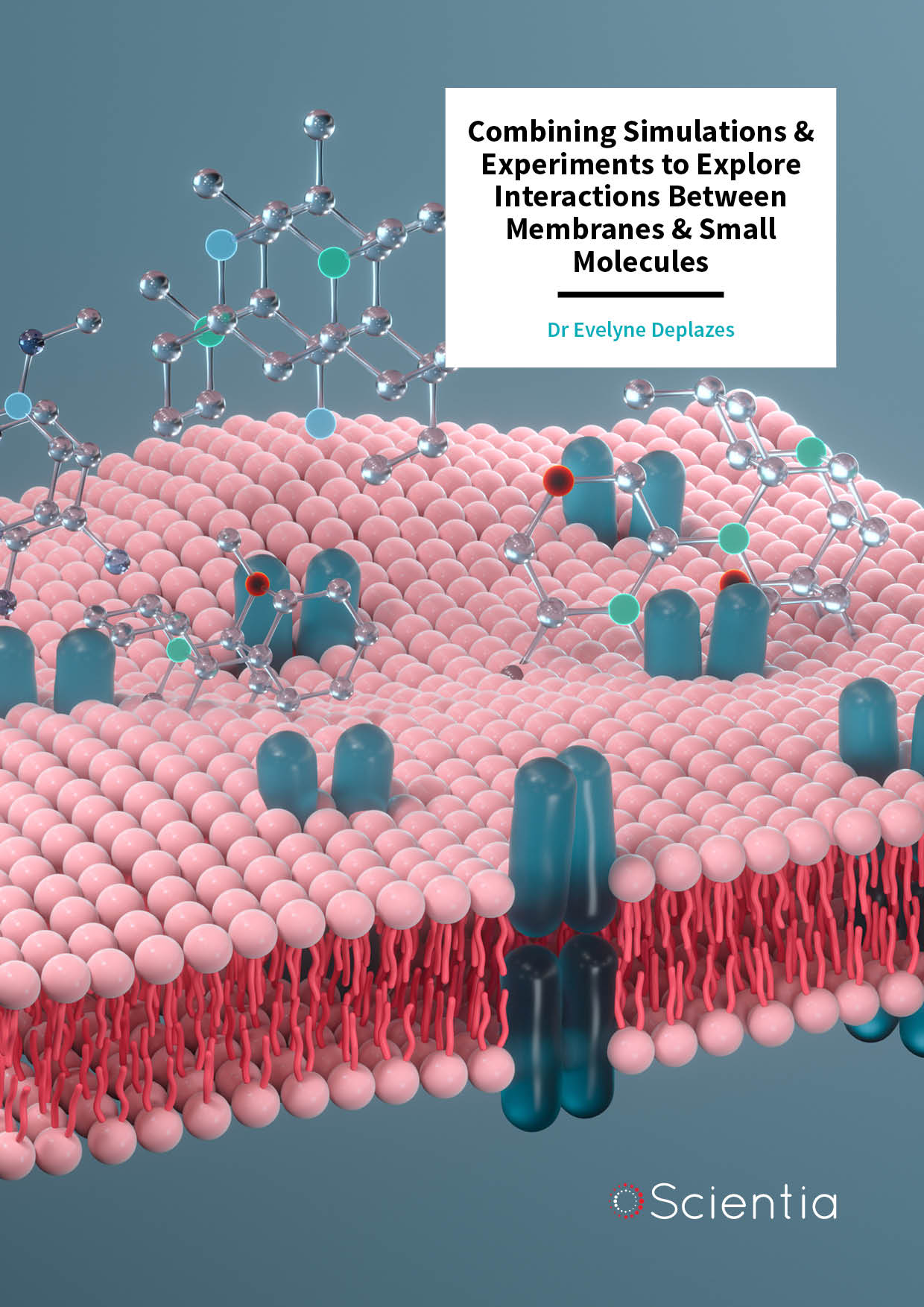
Dr Evelyne Deplazes – Combining Simulations & Experiments to Explore Interactions Between Membranes & Small Molecules
Many important processes in our bodies rely on the transport of small molecules and ions across cell membranes. However, these processes can be extremely intricate and complex, and are frustratingly difficult to study. Dr Evelyne Deplazes and her team at the University of Queensland and the University of Technology have been investigating these processes by combining the best elements of experimental and computational membrane biophysics. This research could help us better understand the way our bodies work, with exciting implications for biotechnology and drug development.
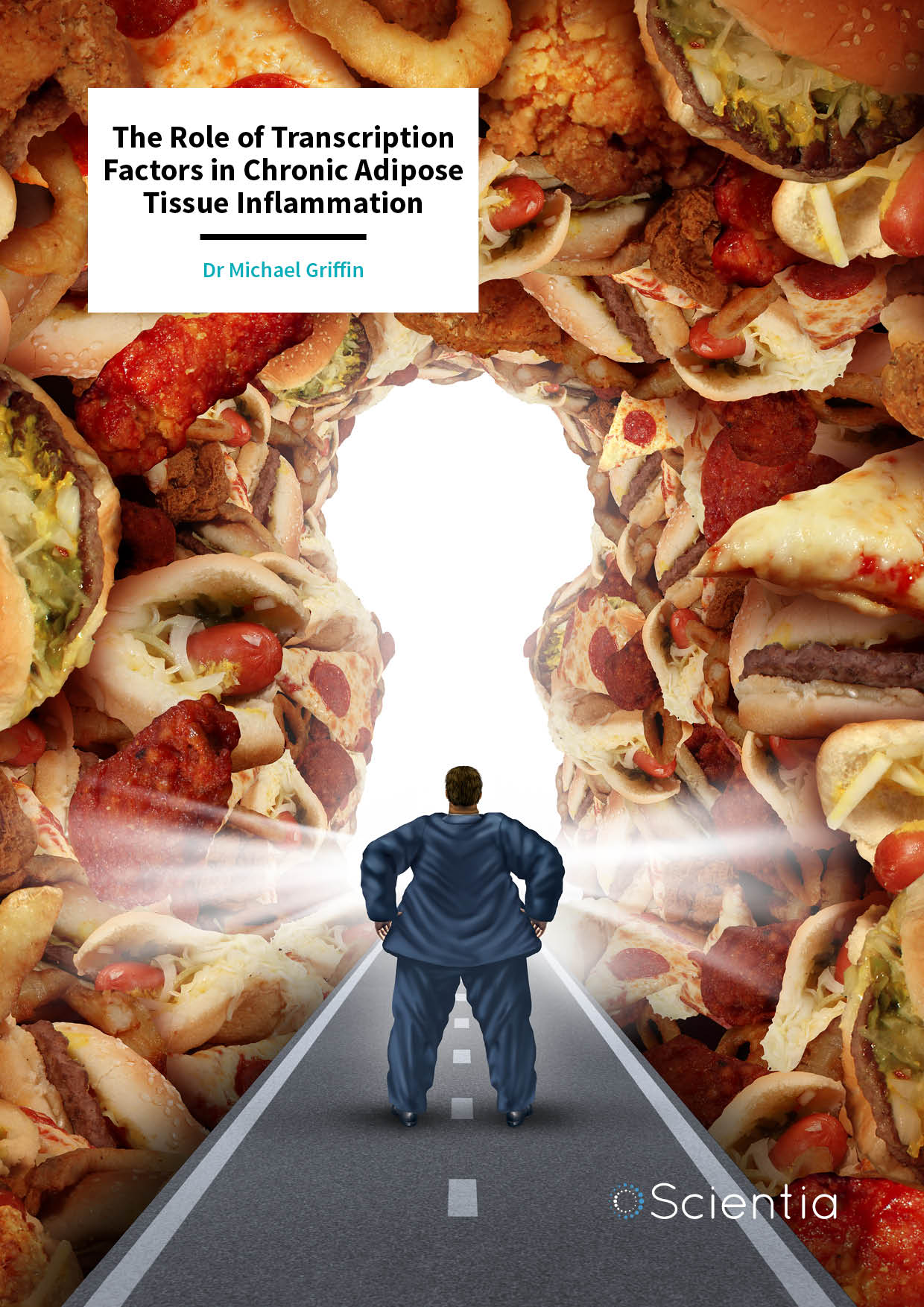
Dr Michael Griffin – The Role of Transcription Factors in Chronic Adipose Tissue Inflammation
A transcription factor known as Early B-Cell Factor 1 (EBF1) is key to the formation of fat cells, called adipocytes. Although it is also active in mature adipocytes, the function of EBF1 at this stage has been unclear. Dr Michael Griffin at Sam Houston State University in Texas is investigating how EBF1 is involved in the process of adipose tissue inflammation caused by obesity. This type of inflammation is believed to be the underlying cause of a multitude of diseases ranging from diabetes to cancer.
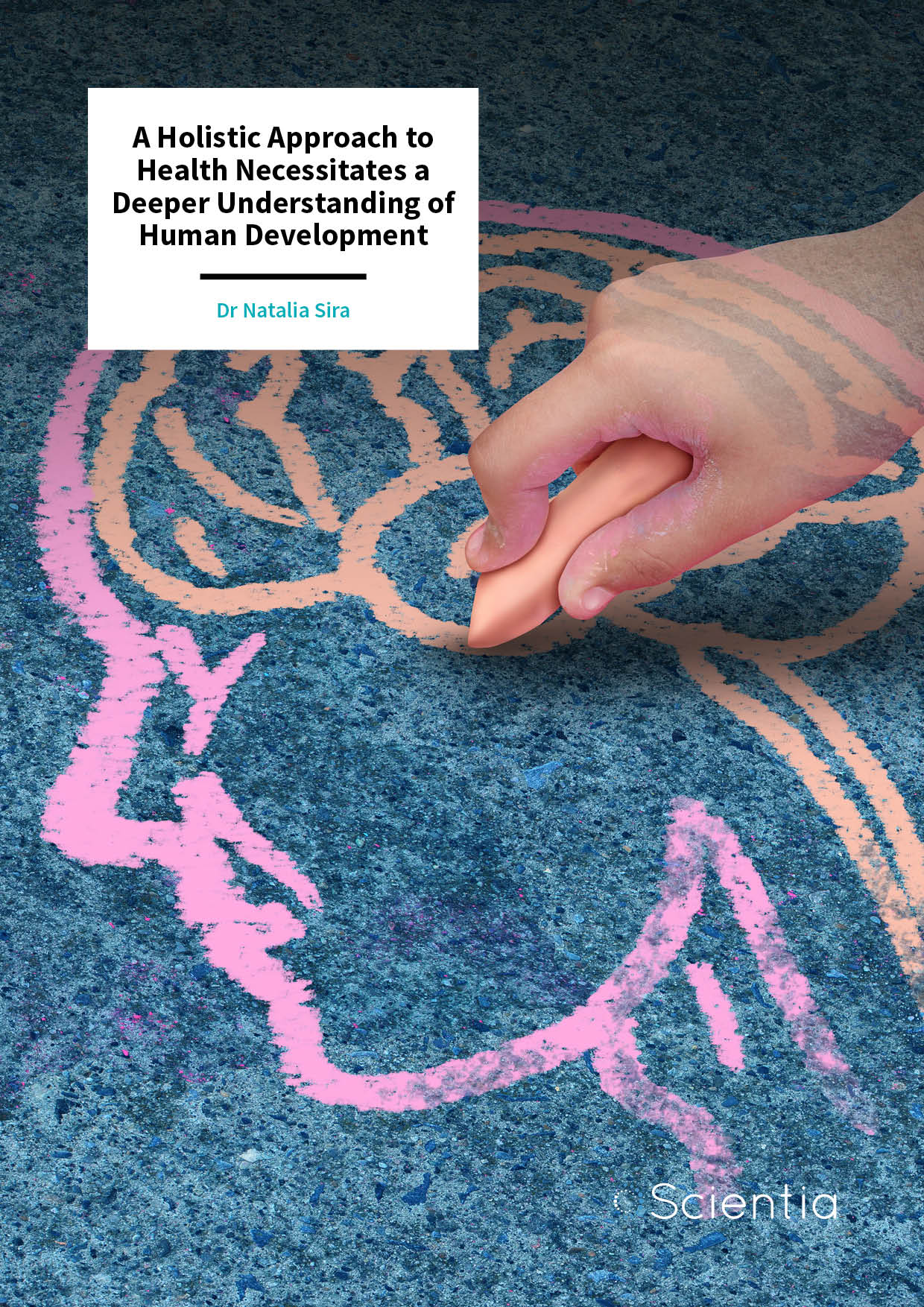
Dr Natalia Sira – A Holistic Approach to Health Necessitates a Deeper Understanding of Human Development
Connecting body and mind through the consideration of both the physical and psychological components of health helps determine our reactions and developmental behaviour. Furthermore, the ways in which we achieve our optimal developmental potential manage how well we can adapt and cope with changes in our environment, deal with stresses in life and maintain overall well-being. Dr Natalia Sira from East Carolina University is improving patient care by taking a holistic and individualised approach to health outcomes, treatment and rehabilitation, focusing on the role of family relationships, developmental needs and spirituality as important components of coping mechanisms.

Dr T. Colin Campbell – Determining the Link Between Diet and Cancer
Cancer is a leading cause of death worldwide and understanding the development of the disease is essential for prevention and treatment. Dr T. Colin Campbell from Cornell University’s Division of Nutritional Sciences proposes the intriguing theory that cancer is not primarily a genetic disease but a nutrition-responsive disease. By conducting numerous animal and human studies, he is providing convincing evidence on the importance of diet, particularly the consumption of animal-based protein, in the development of cancer.
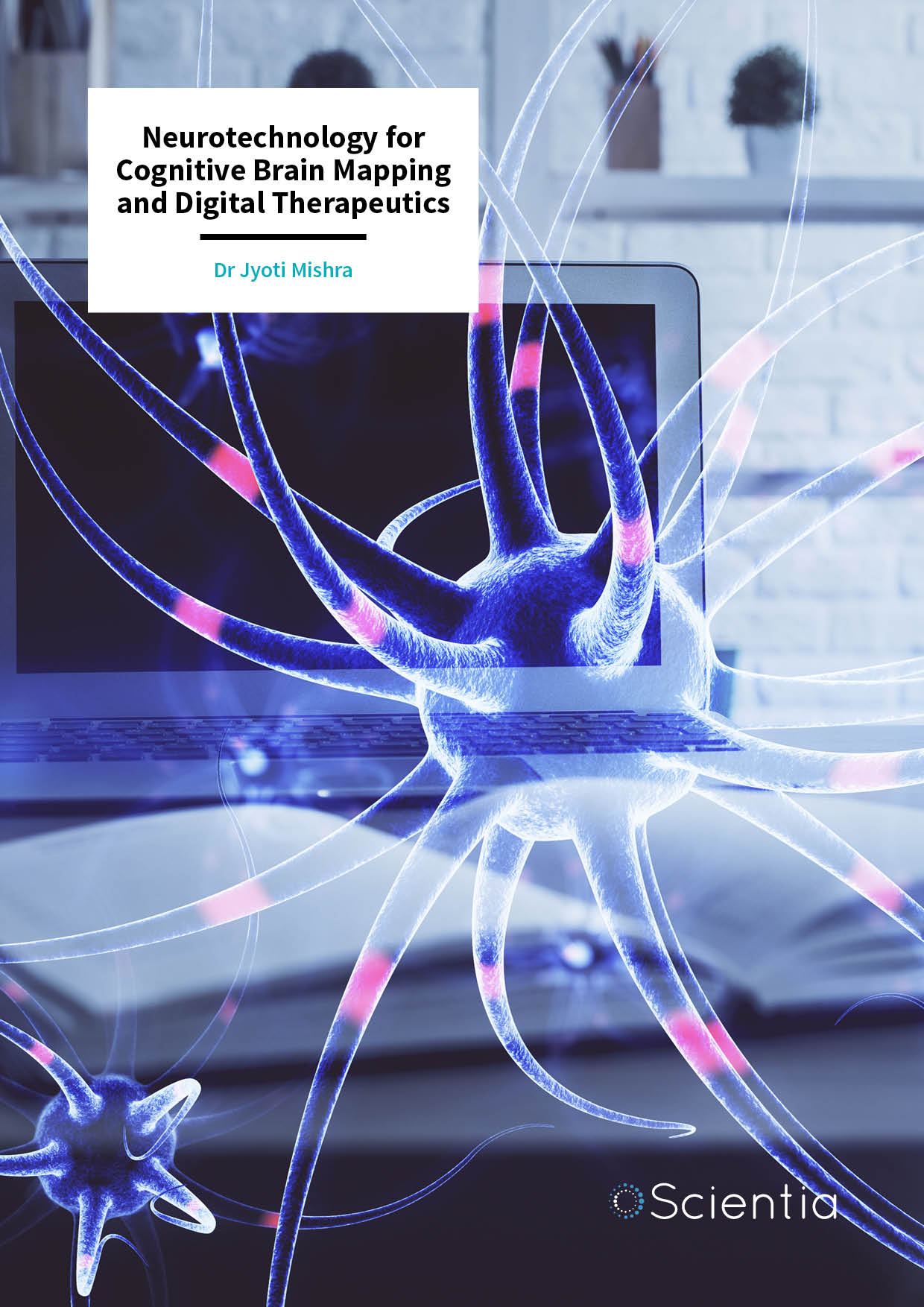
Dr Jyoti Mishra – Neurotechnology for Cognitive Brain Mapping and Digital Therapeutics
Environmental factors and genetics both play a part in how our brains function, whether that be in a healthy or disordered manner. Understanding the processes by which mental health disorders arise is an important step in developing effective therapies. Dr Jyoti Mishra founded NEATLabs at the University of California, San Diego, to work towards this goal. Her exciting research is advancing cognitive brain mapping to investigate brain functions as well as novel digital therapeutics that are personalised to individual needs.
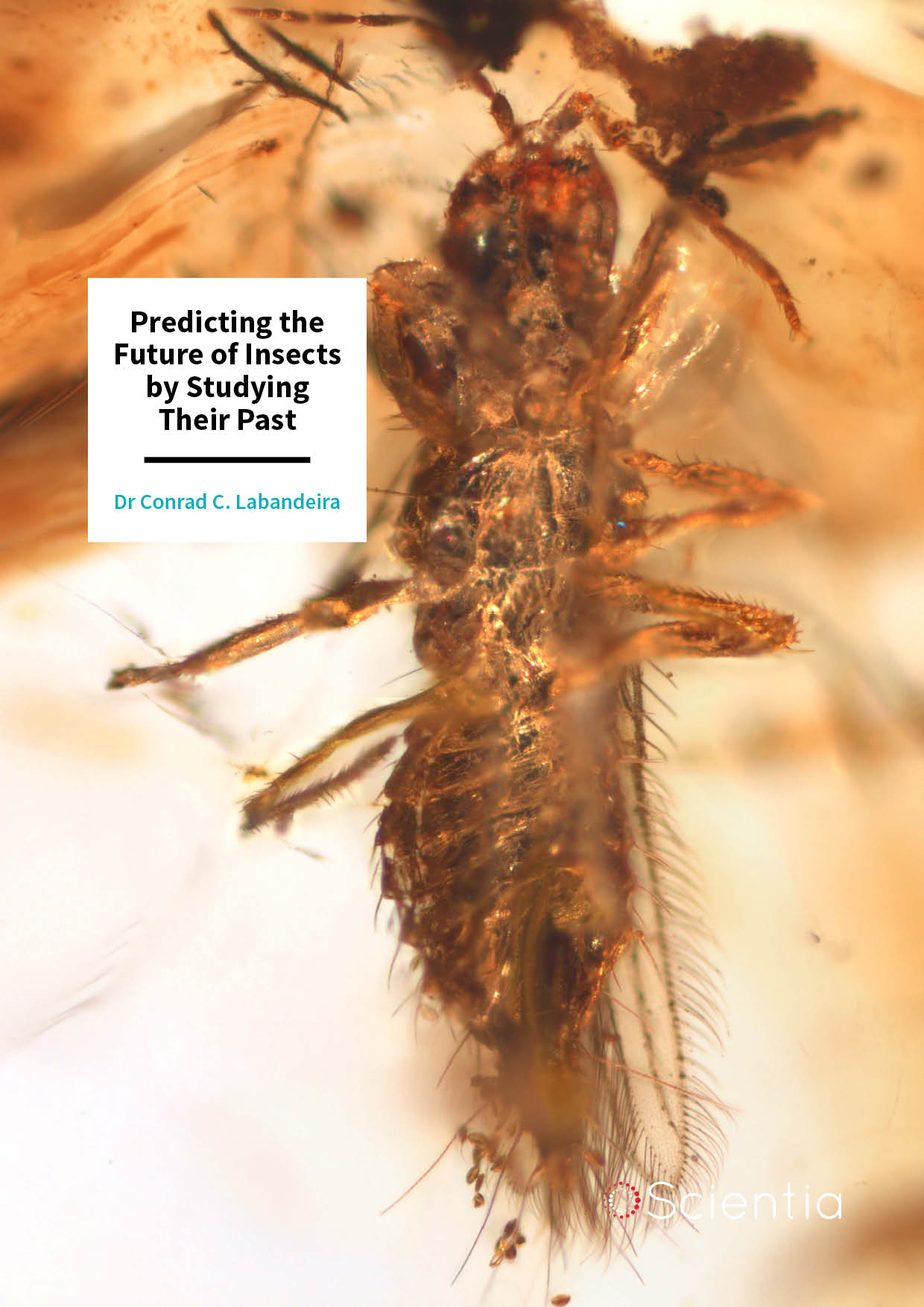
Dr Conrad Labandeira – Predicting the Future of Insects by Studying Their Past
Insects are one of the most important – and ancient – groups of organisms. They were around long before dinosaurs roamed the planet and before plants evolved flowers. Fossils from millions of years ago are a priceless record of ancient insects, helping scientists to piece together the evolutionary history of modern species. Insects contained in amber and sedimentary deposits can give us valuable clues about their life histories and ecology. Smithsonian National Museum of Natural History curator and researcher, Dr Conrad Labandeira, has been examining the insect fossil record to answer important questions with implications for today’s living species.

Dr Rosa Di Felice – Identifying Optimum Enzymes for Gene Editing Through Simulations
Genome editing offers huge benefits in both healthcare and agriculture. Therefore, developing new and improved tools for editing the genomes of humans, animals and plants is a rapidly growing area of research. Dr Rosa Di Felice and her team from the University of Southern California are helping to further this effort by performing computational simulations that support experimentalists in their search. They are particularly interested in studying the mechanisms involved in gene editing using enzymes, to find out how their precision can be improved.
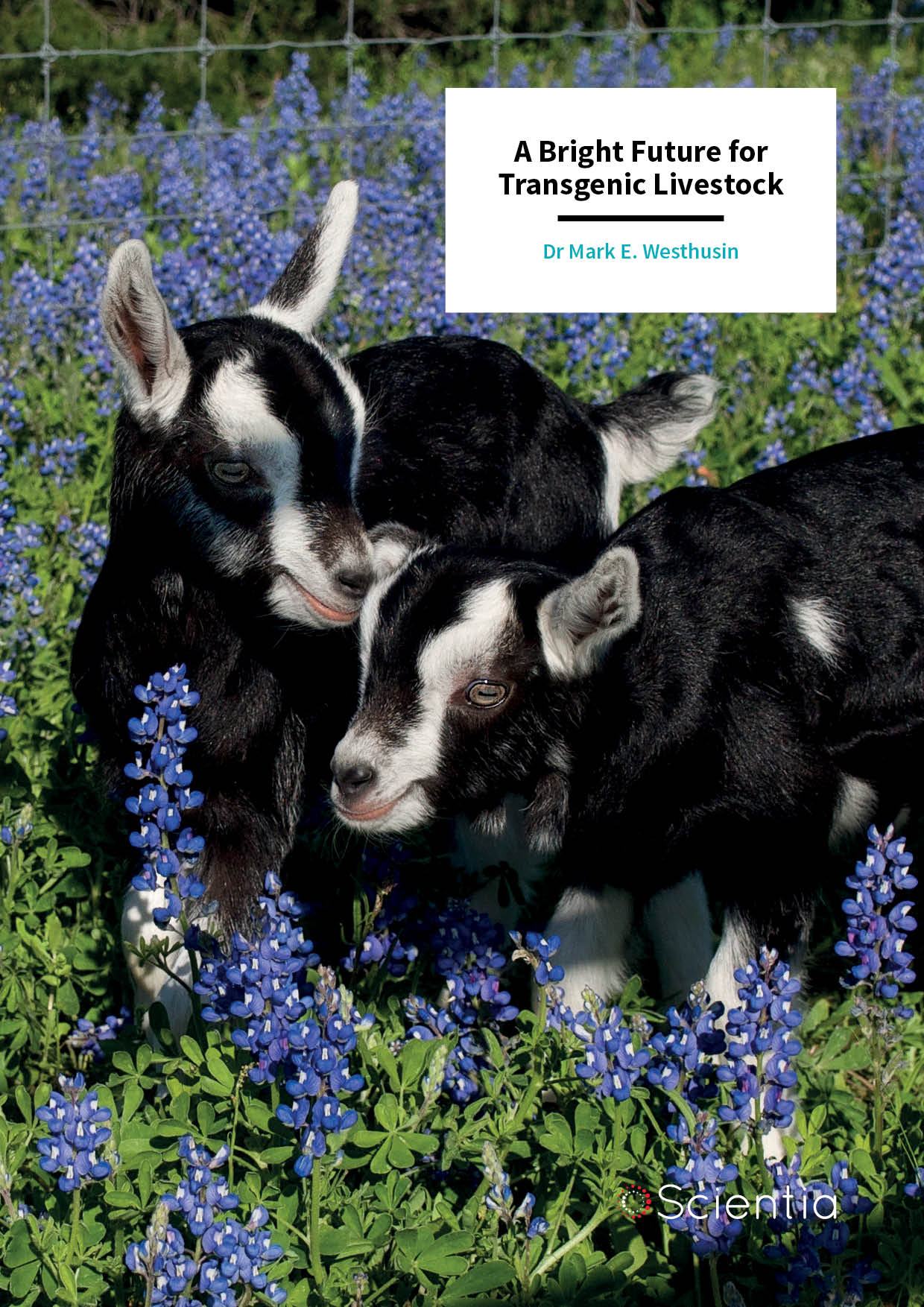
Dr Mark Westhusin – A Bright Future for Transgenic Livestock
Advancements in genetic technologies have made precise gene editing a reality. Used extensively to develop crops that exhibit higher yields and resistance to pests and diseases, genetic modification could also transform livestock production. Building on decades of animal cloning research, Dr Mark Westhusin from the Reproductive Sciences Laboratory at Texas A&M University is using genetic and reproductive technologies to improve livestock for food, medicine, and medical research.
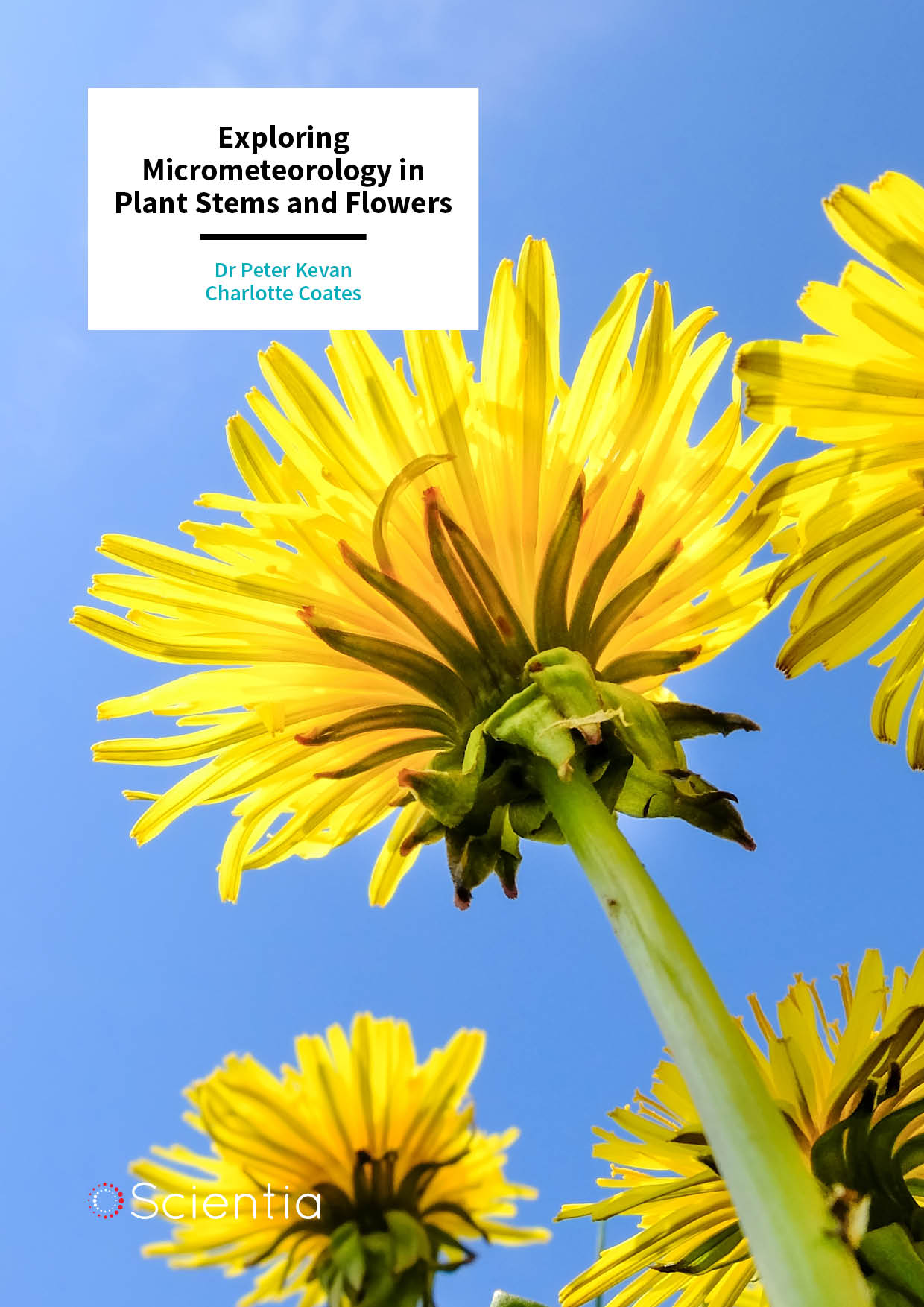
Dr Peter Kevan | Charlotte Coates – Exploring Micrometeorology in Plant Stems and Flowers
As complex living organisms, plants can often display intricate interactions with the air inside and around them. So far, however, many characteristics of these processes have gone largely unexplored. In their research, Charlotte Coates and Dr Peter Kevan at the University of Guelph combine field surveys with advanced imaging technologies to study the ‘micrometeorology’ that takes place in and around the stems and flowers of many plants. Their discoveries are shedding new light on how these plants grow and reproduce, and how some species are providing ideal habitats for ecologically damaging insects.

Dr Stephen Pandol – Understanding the Causes of Pancreatic Disease to Improve Patient Outcomes
The incidence of pancreatic disease, including pancreatitis and pancreatic cancer, is on the rise, but currently, preventative measures and effective treatments are scarce. Dr Stephen Pandol at the Cedars-Sinai Medical Center in Los Angeles is working to change this. Dr Pandol carries out broad and far-reaching research, ranging from how lifestyle factors impact pancreatic disease to the molecular and cellular mechanisms behind pancreatic cancer resulting from obesity. His dedicated work has led to significant progress in the field and is driving forward the potential for better patient outcomes.
